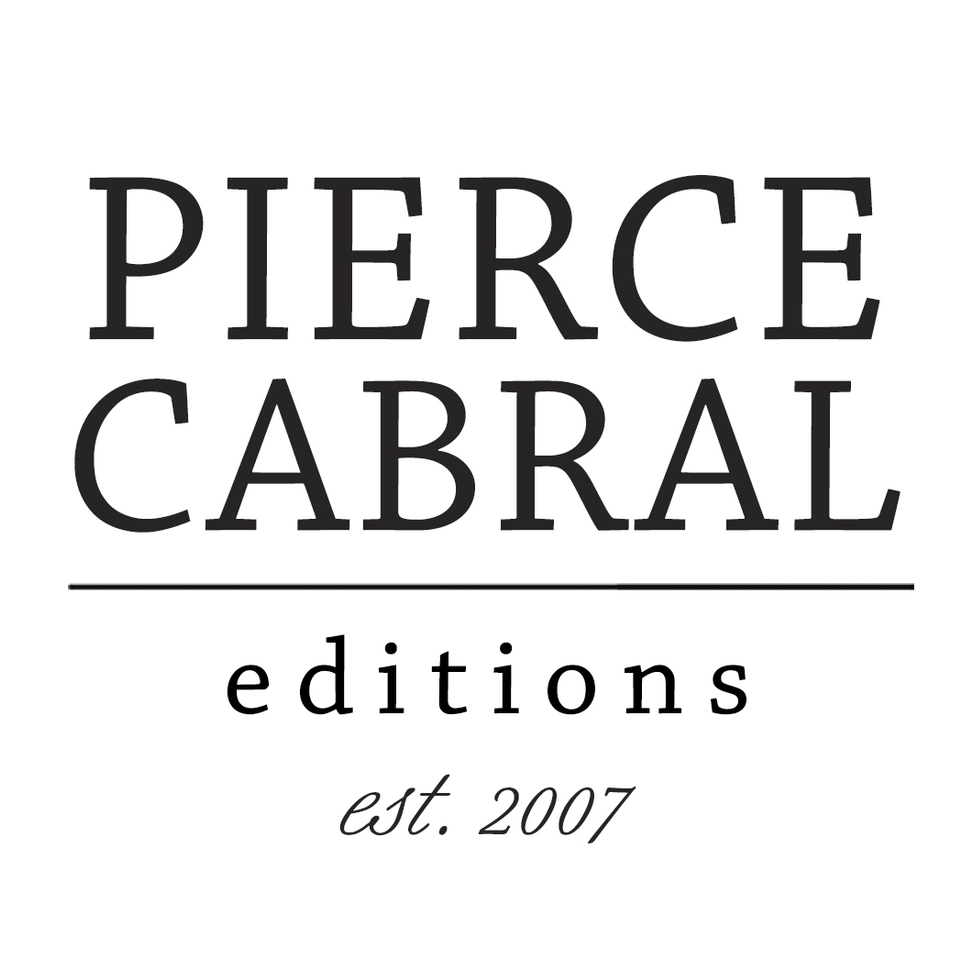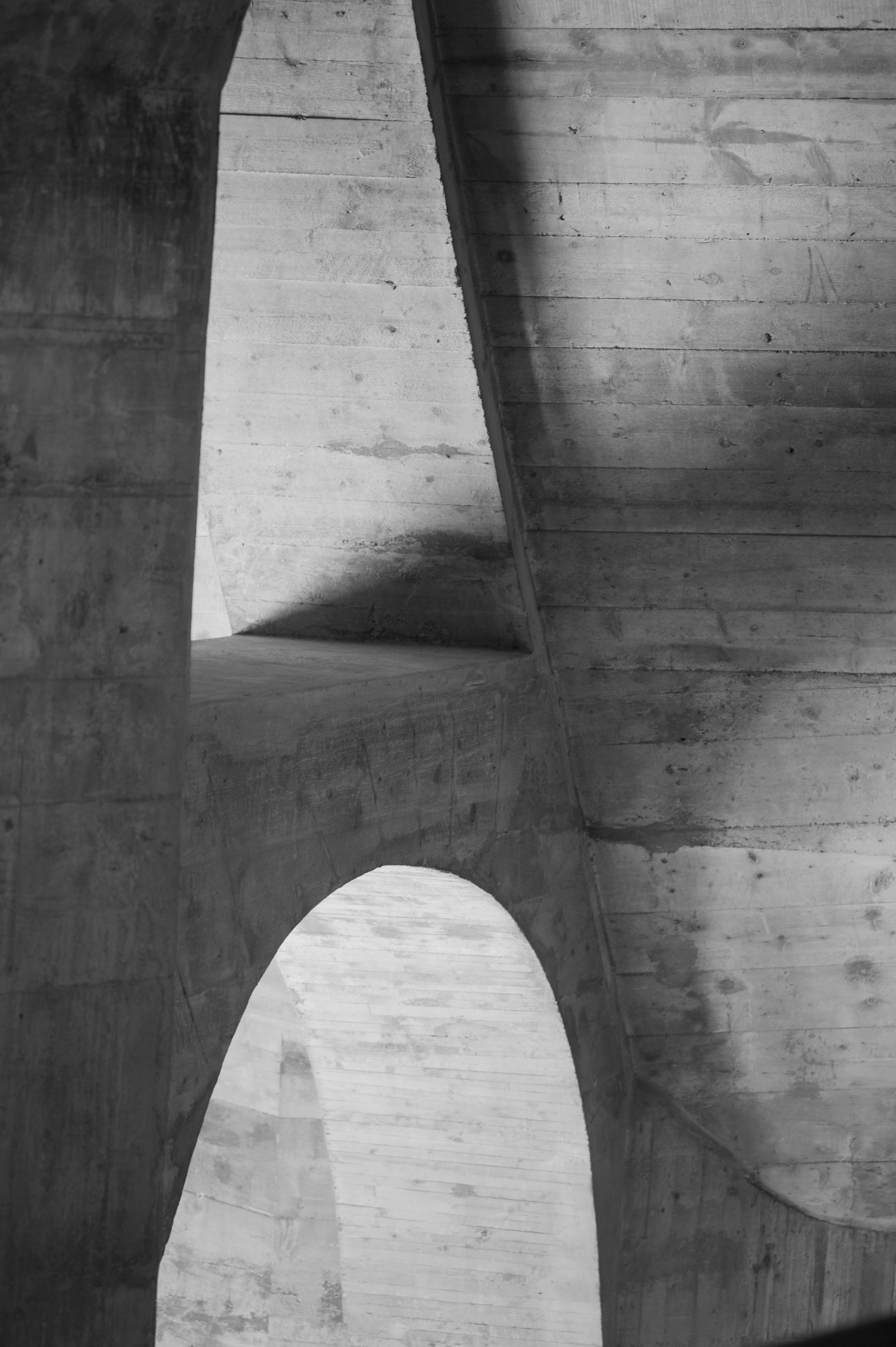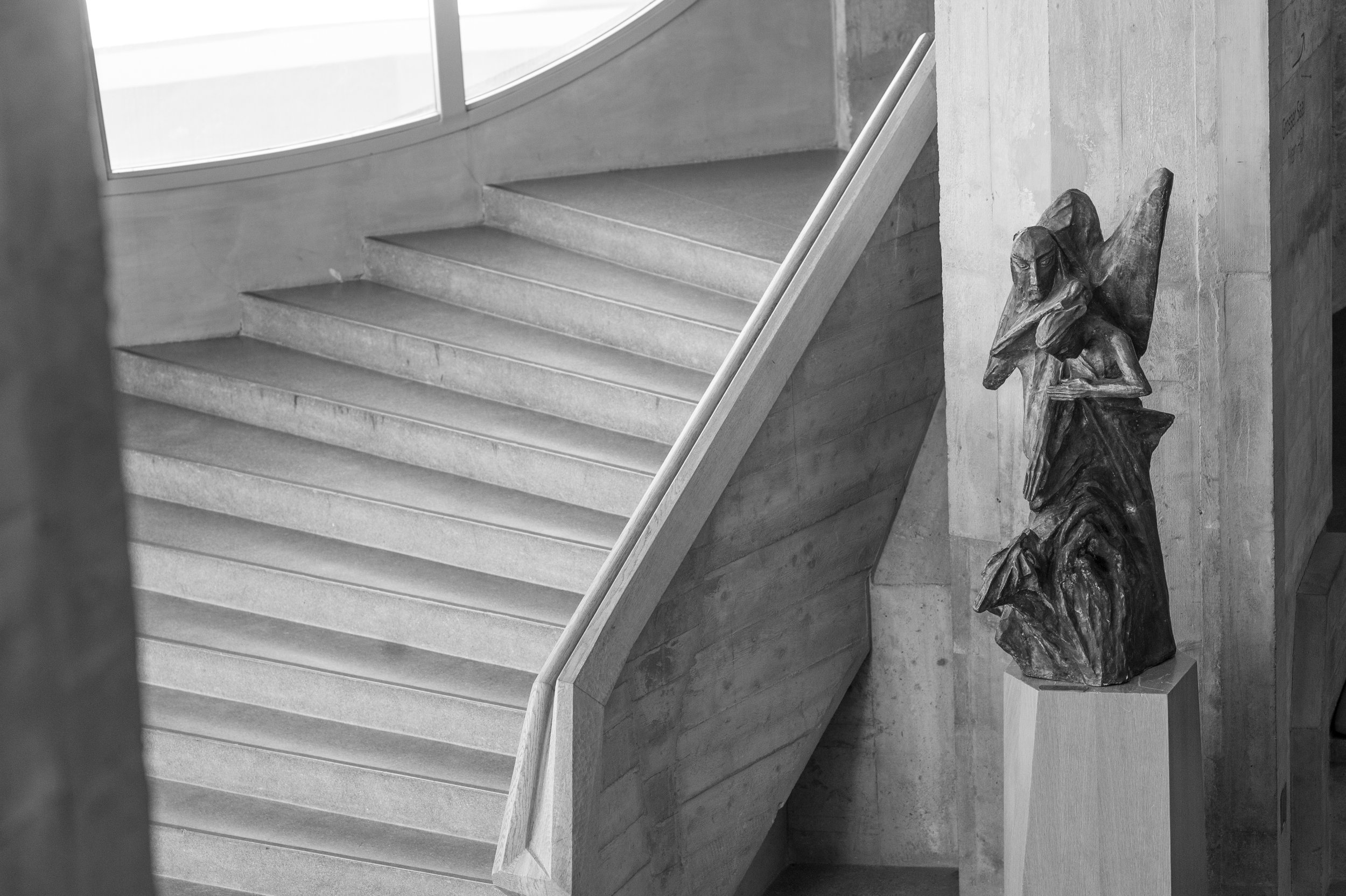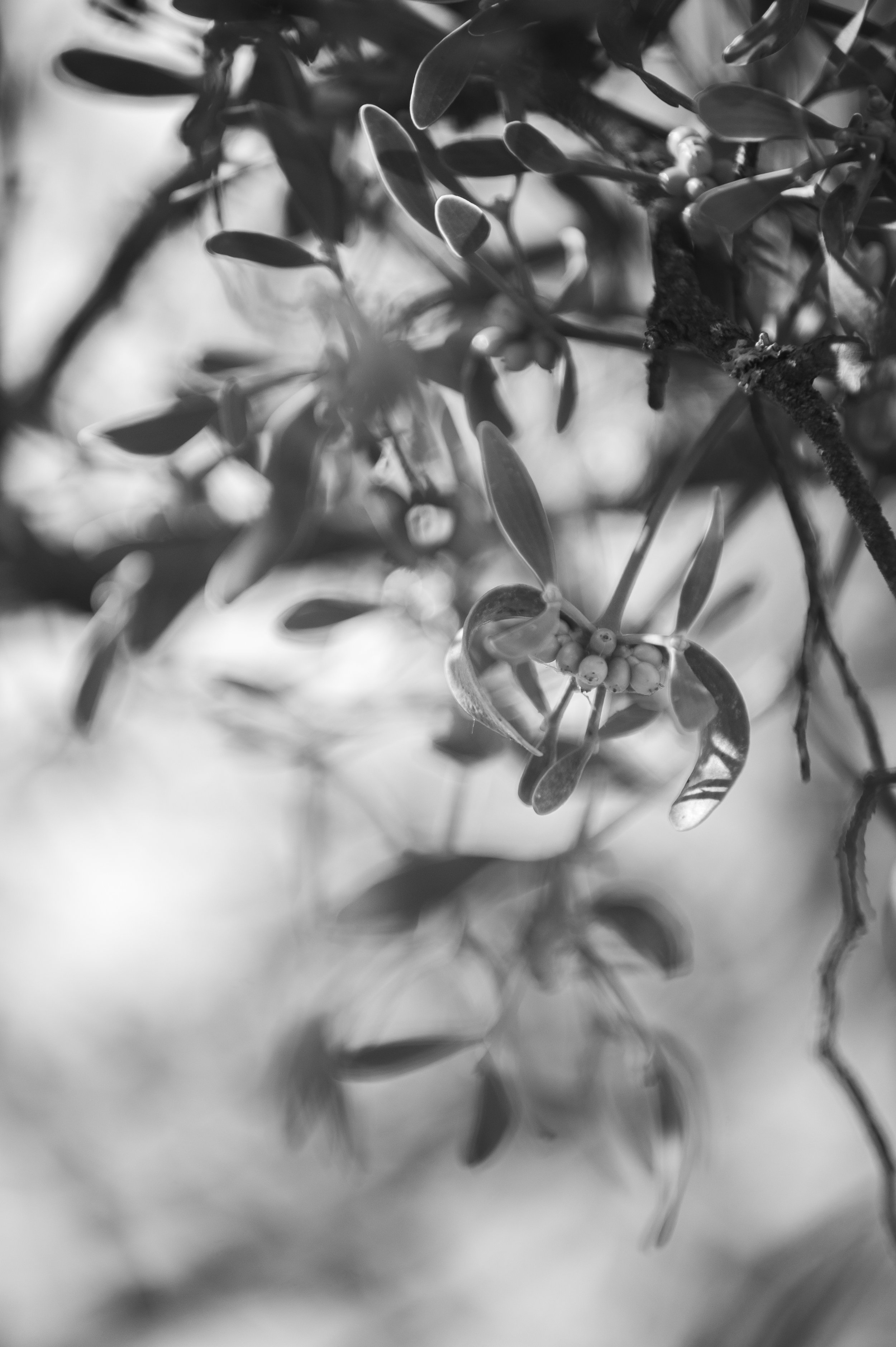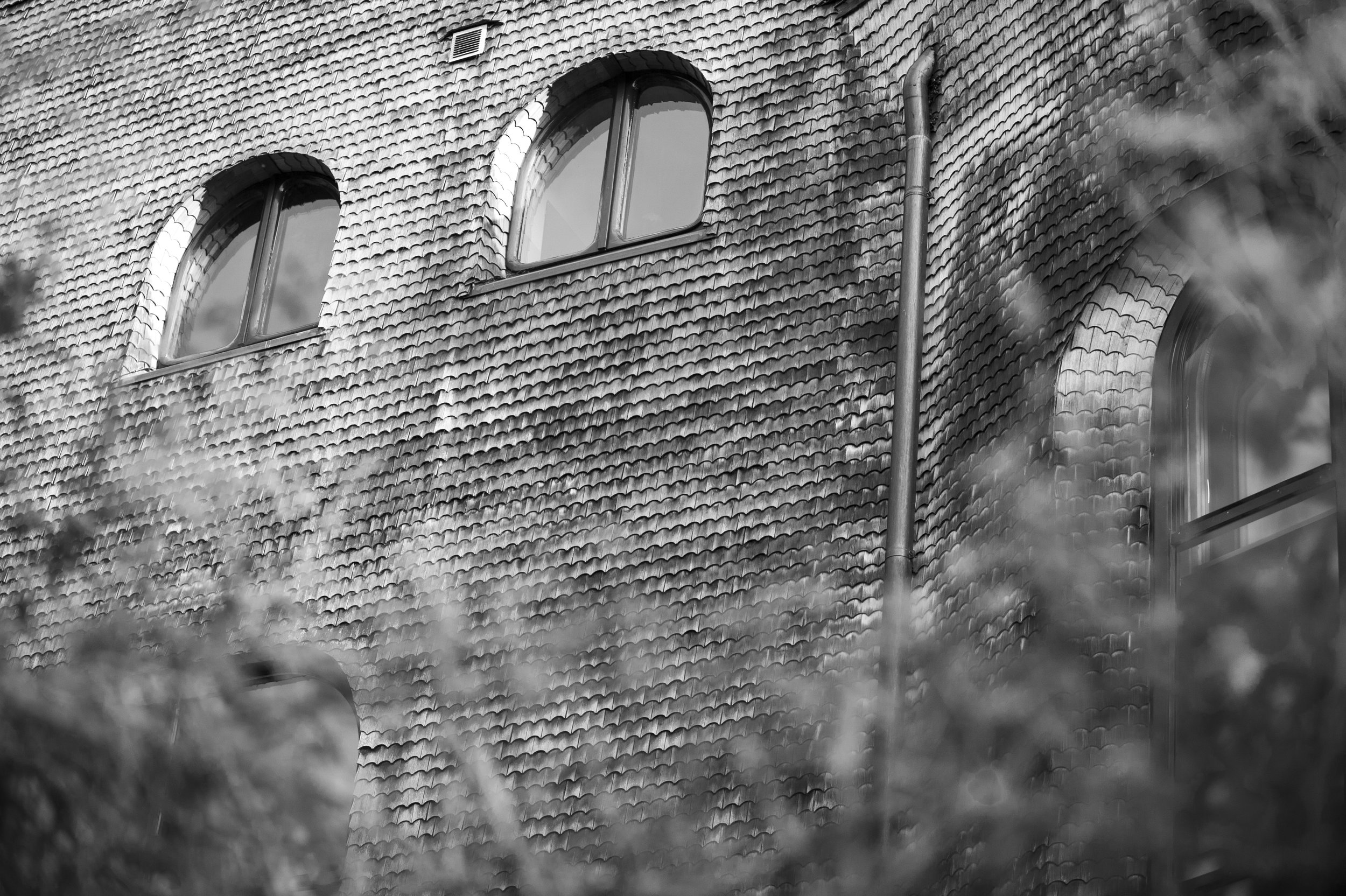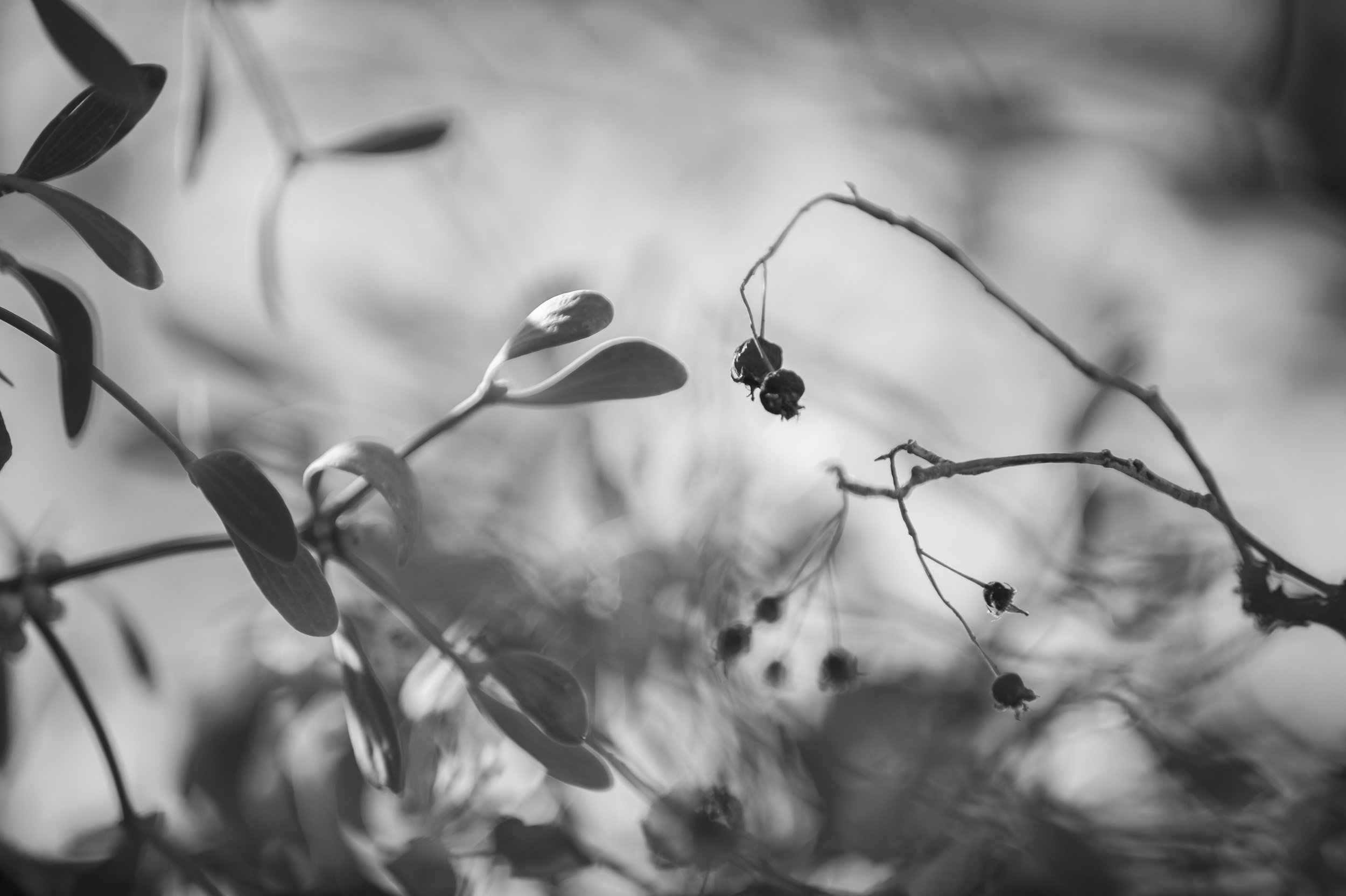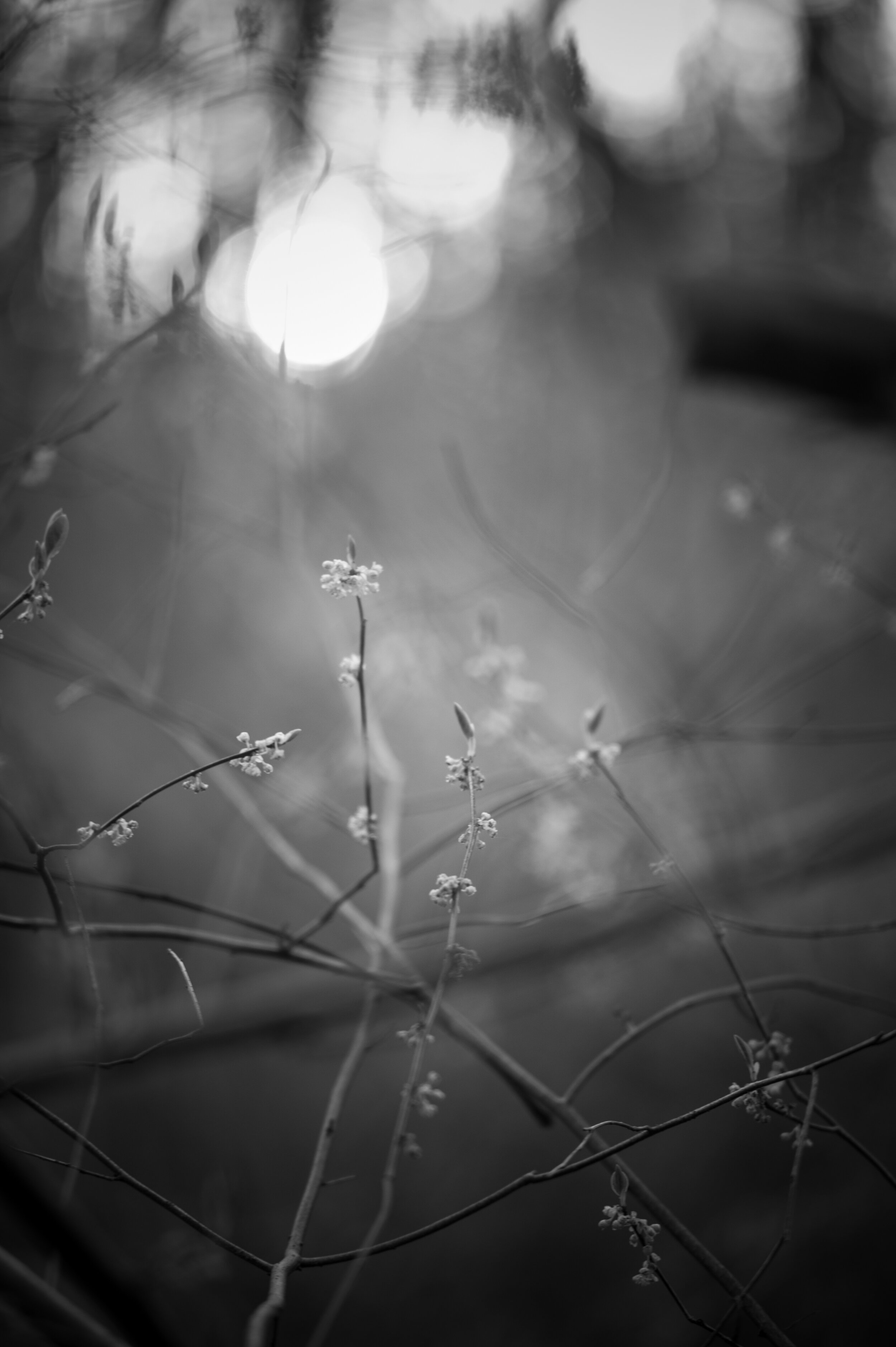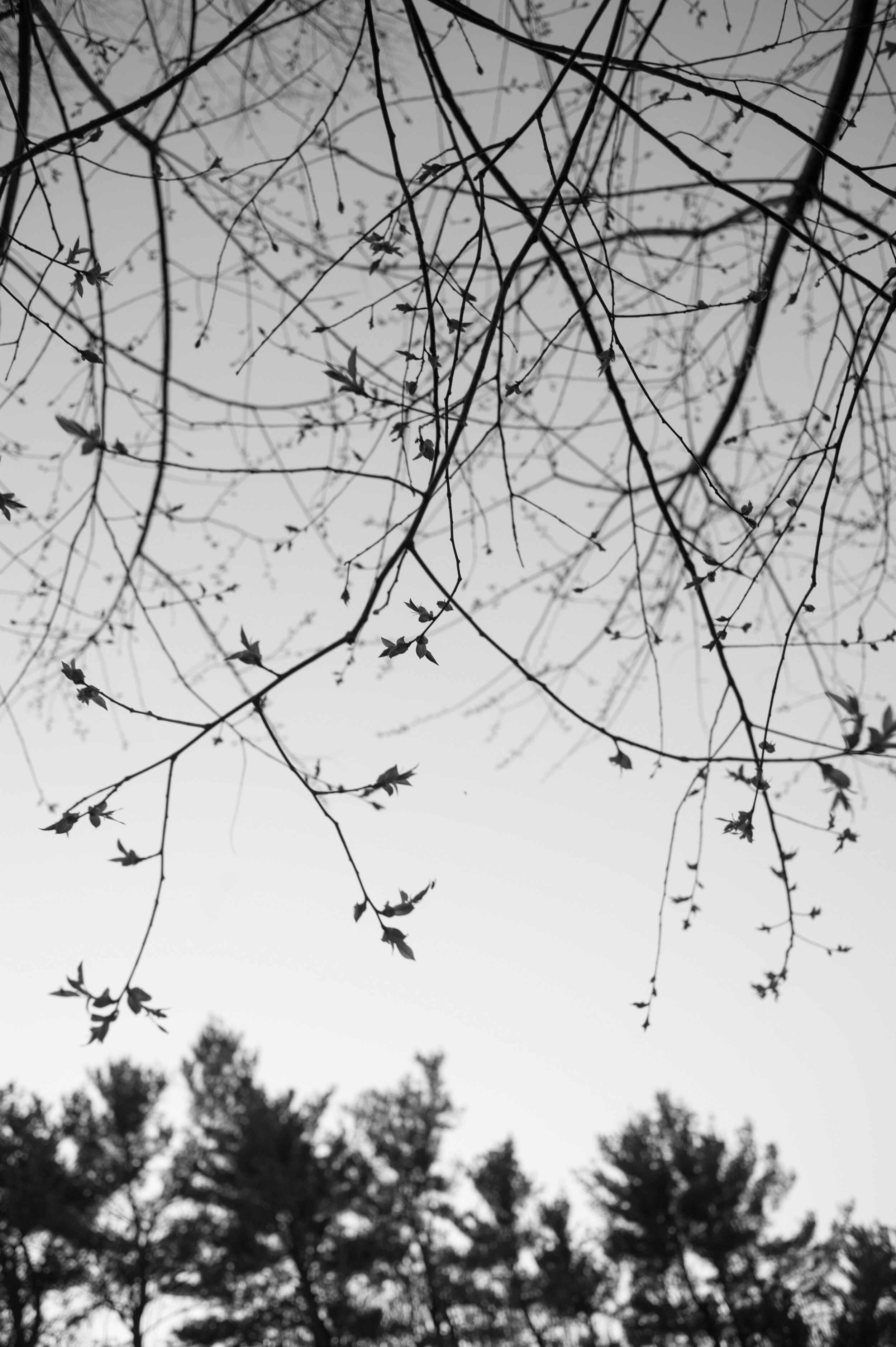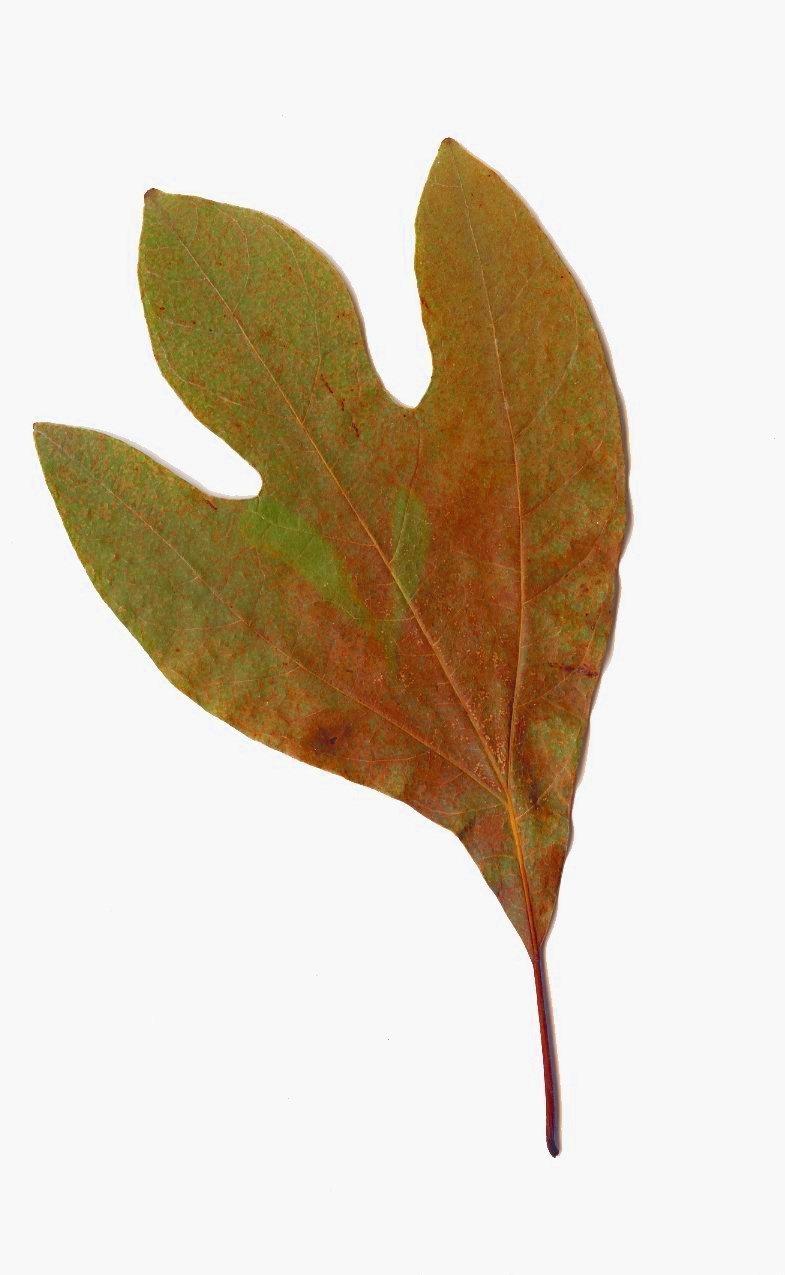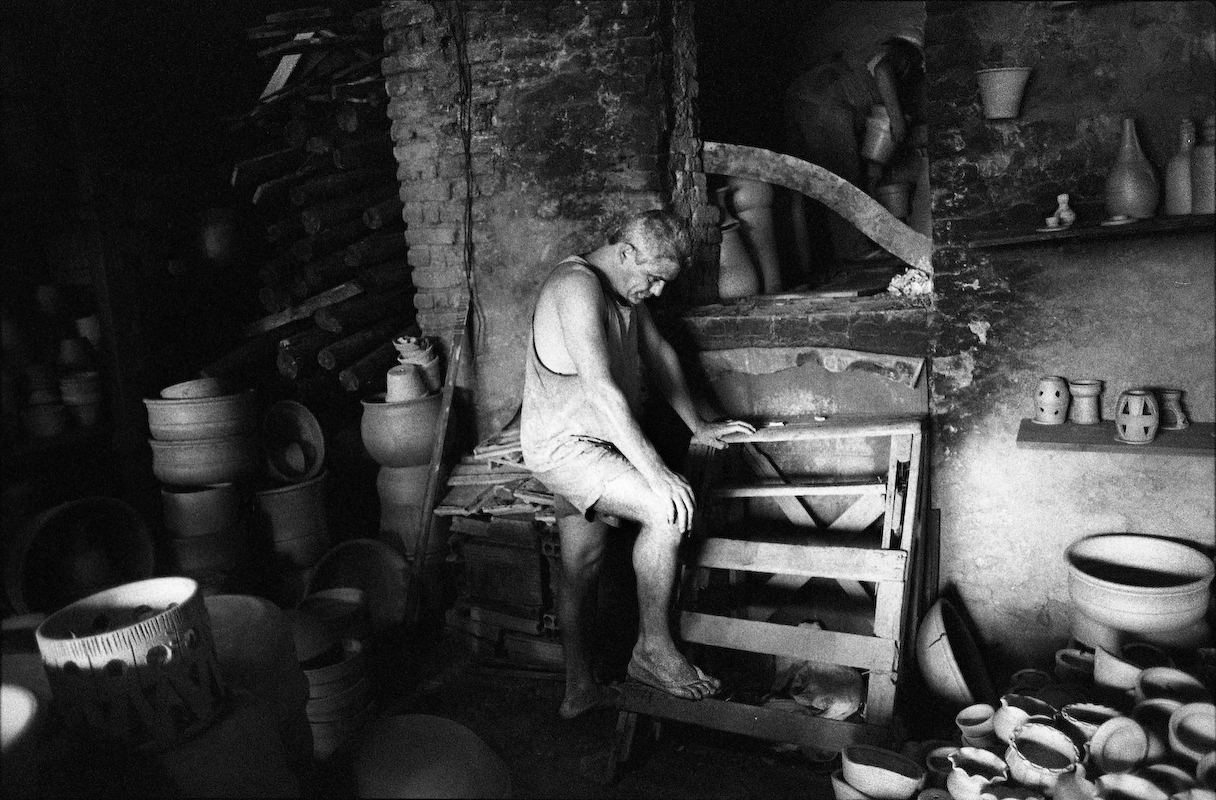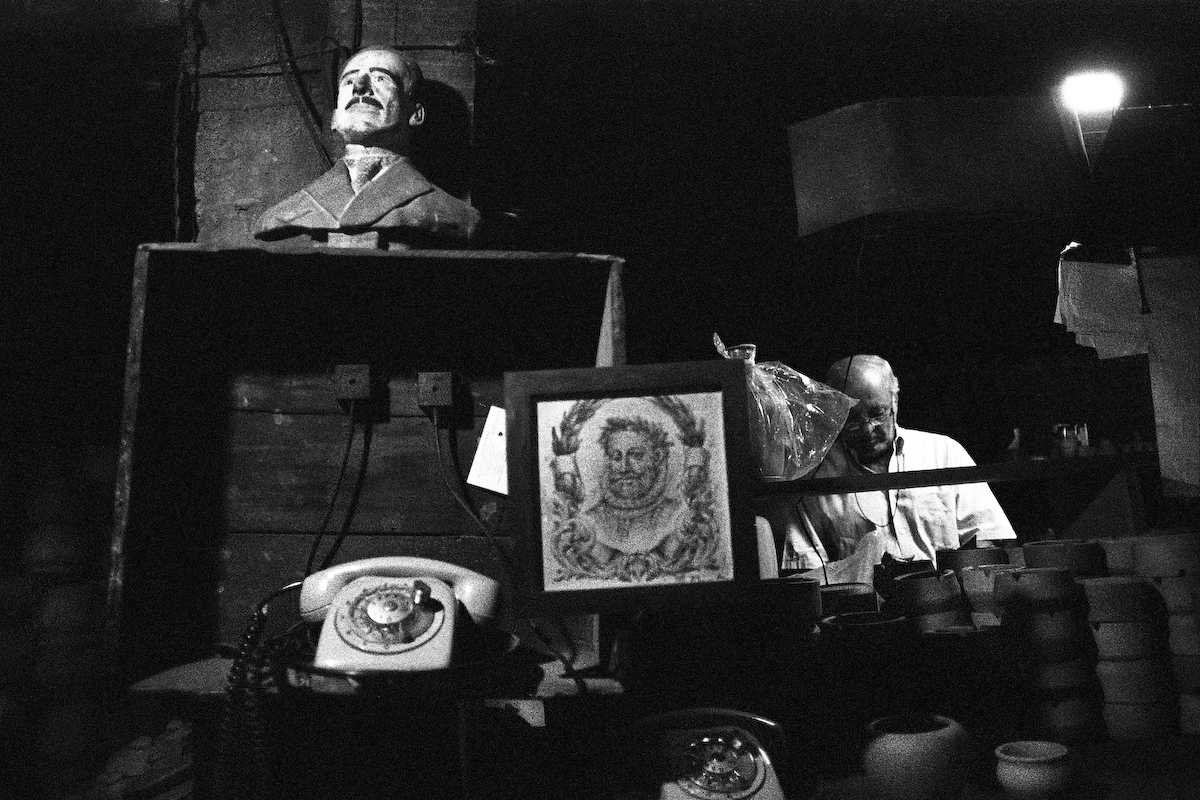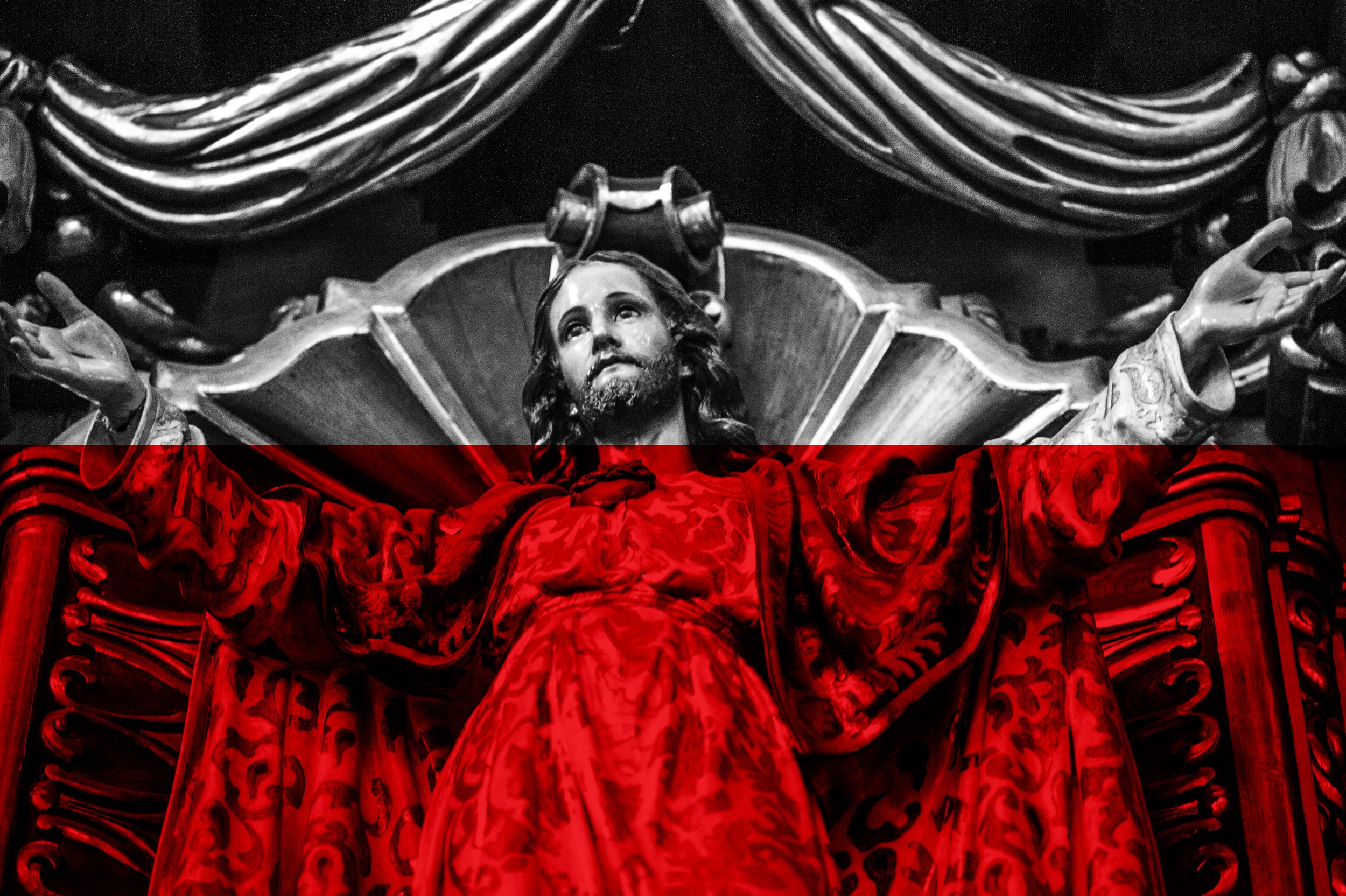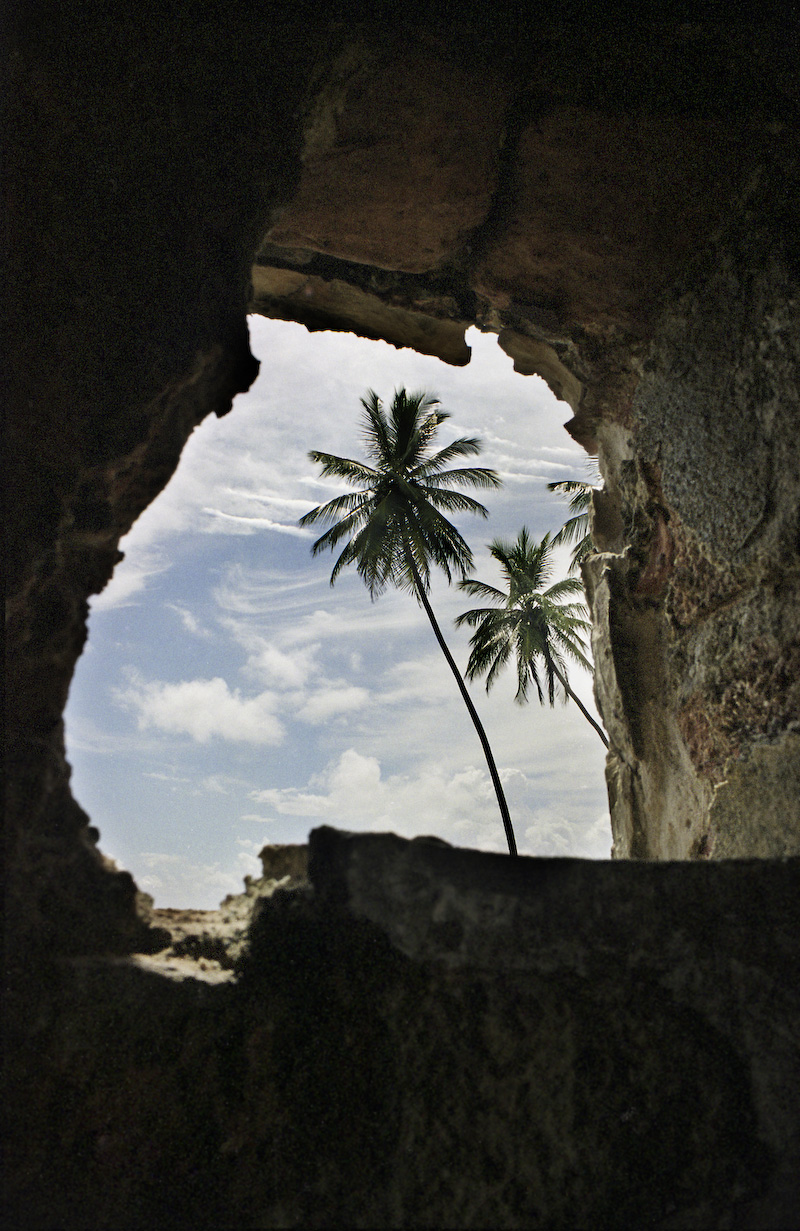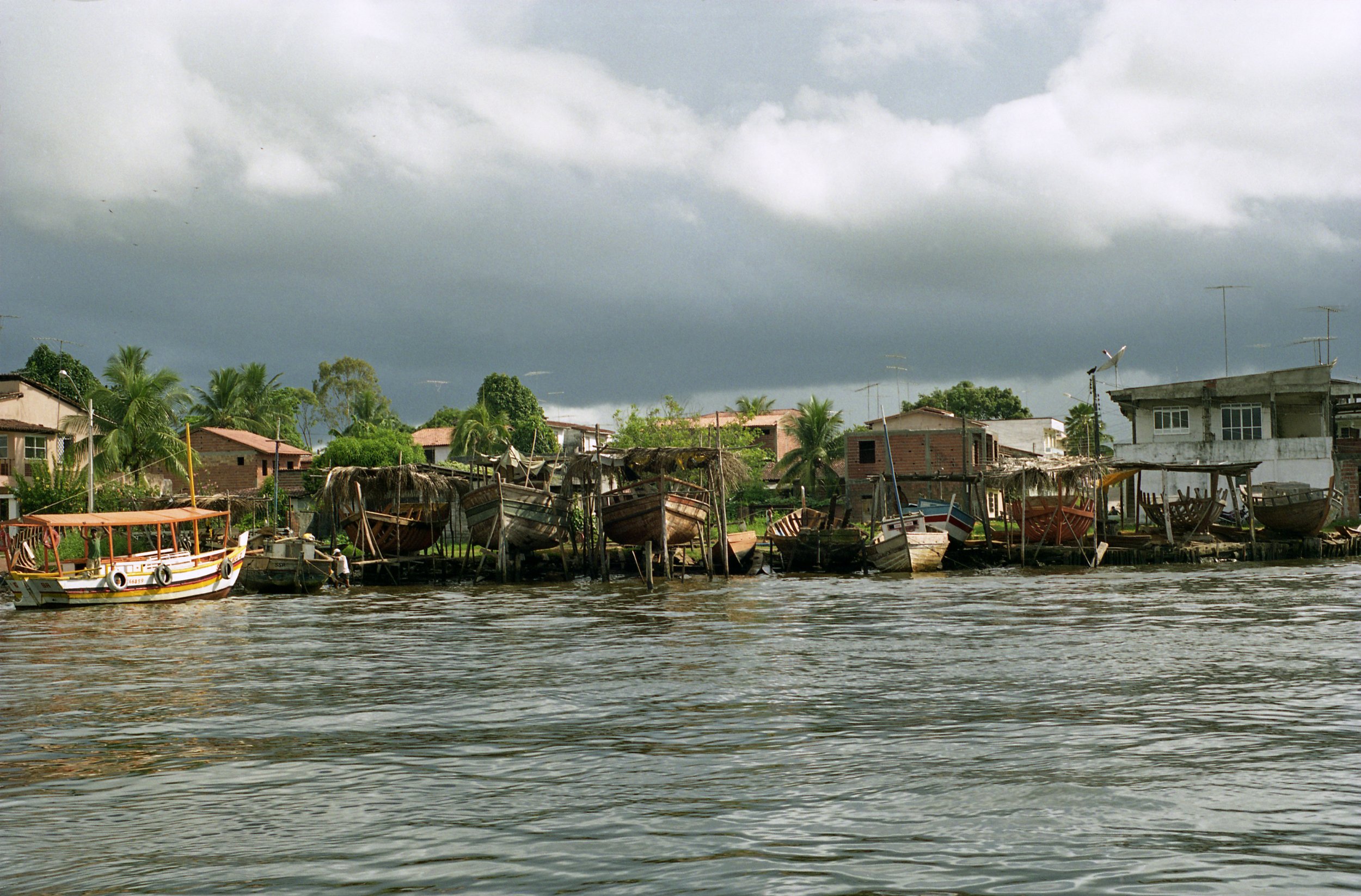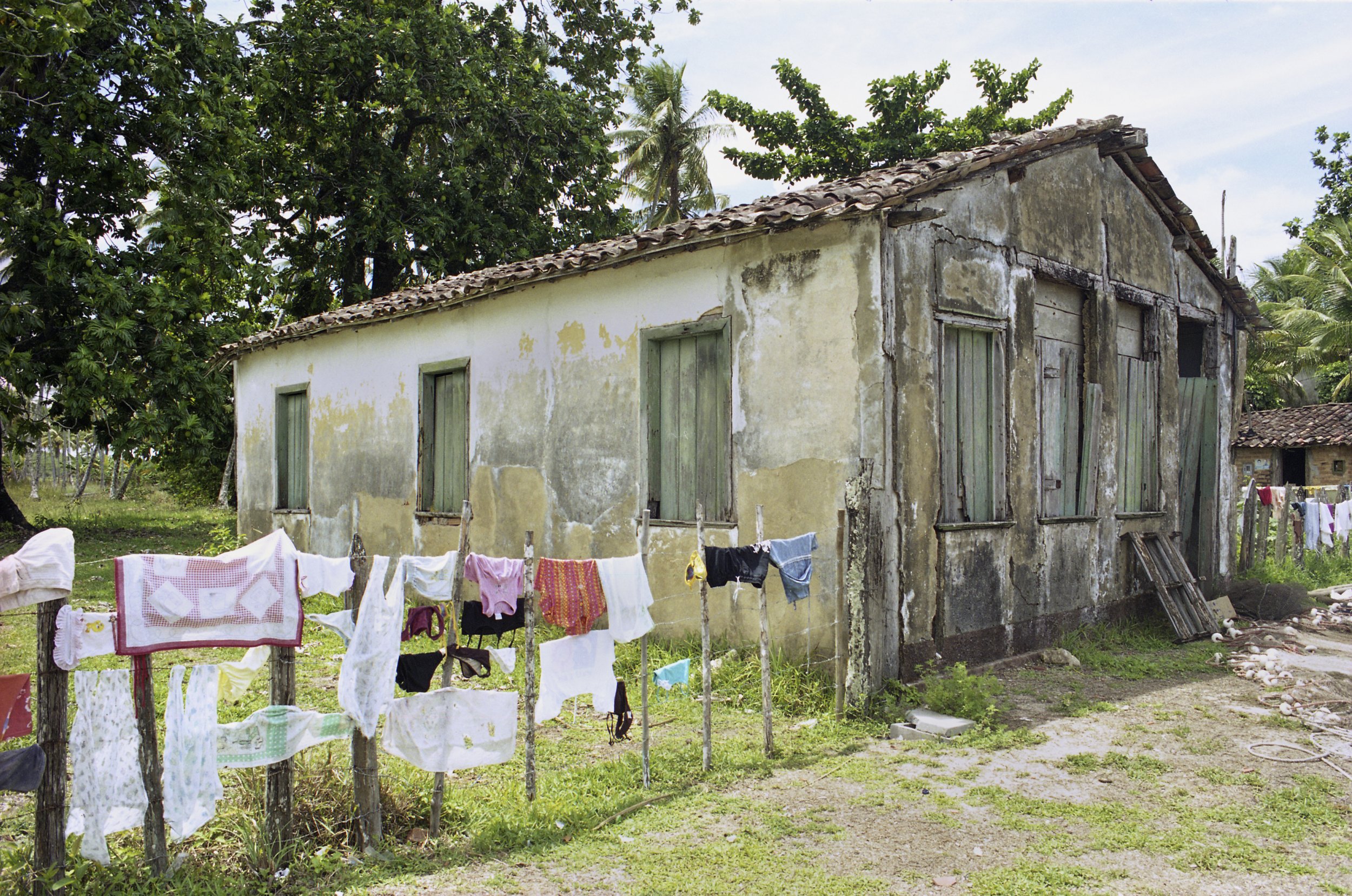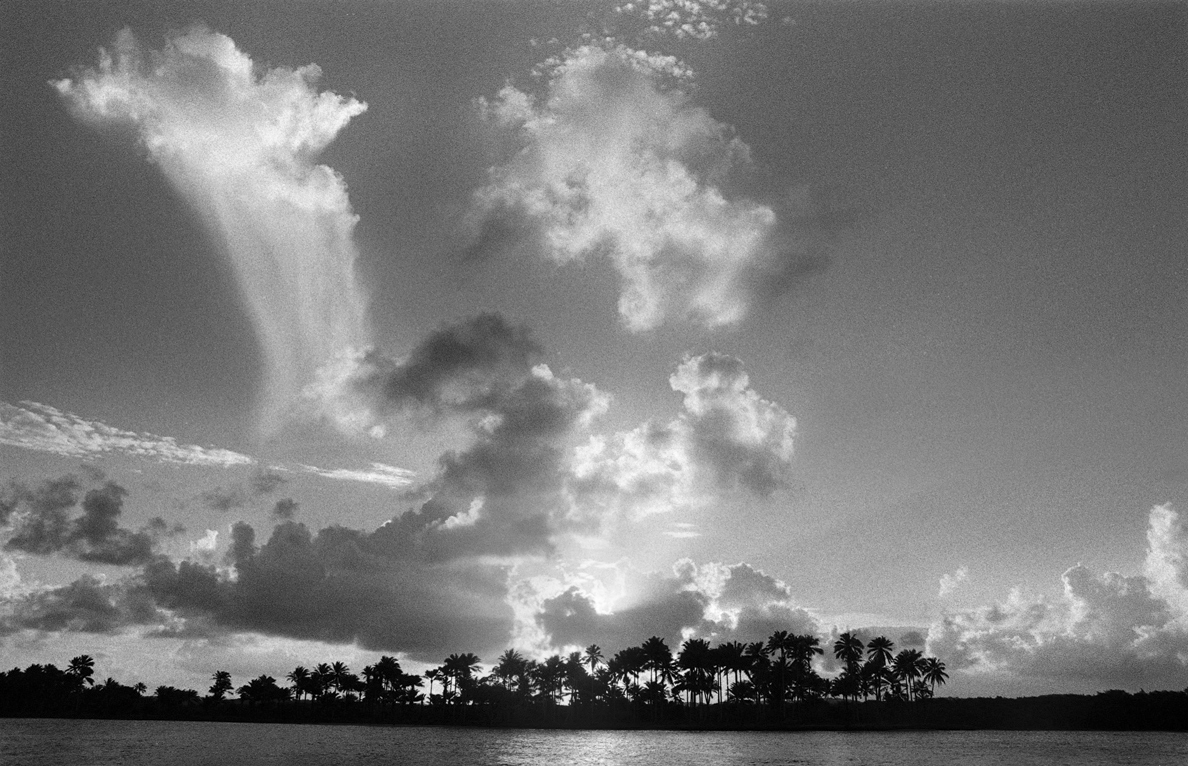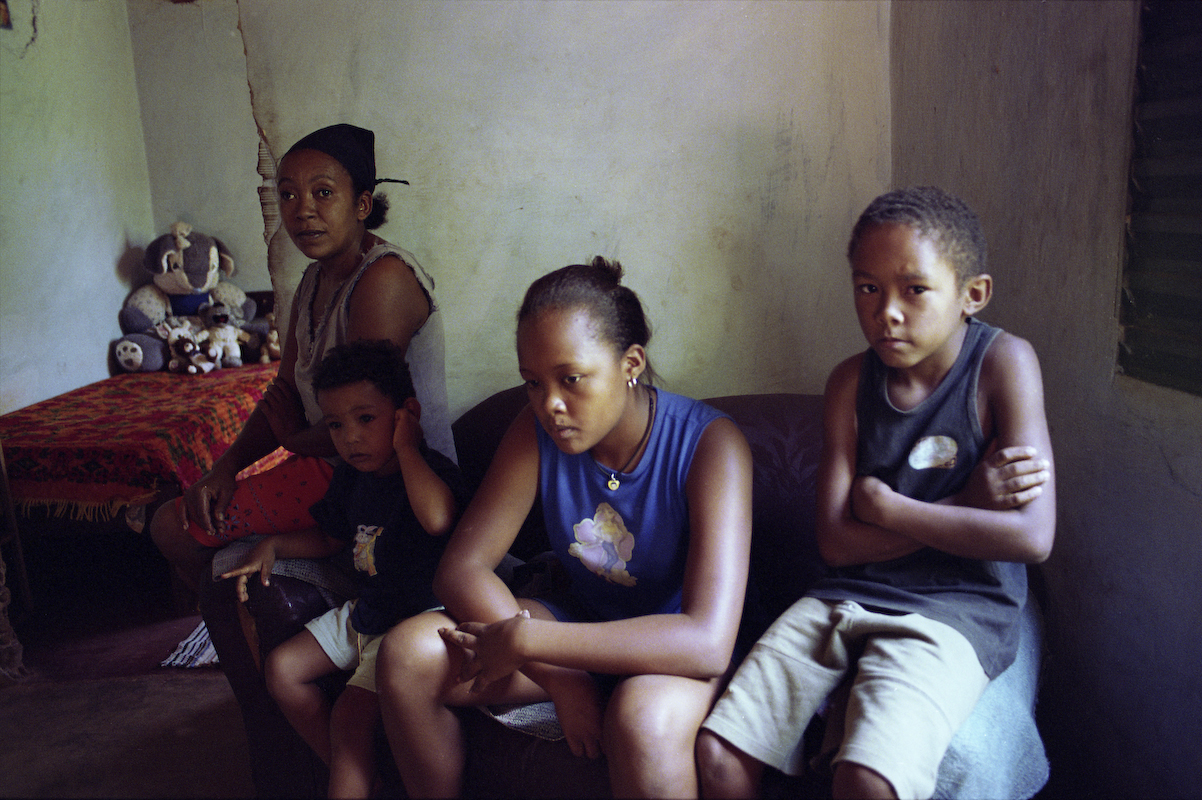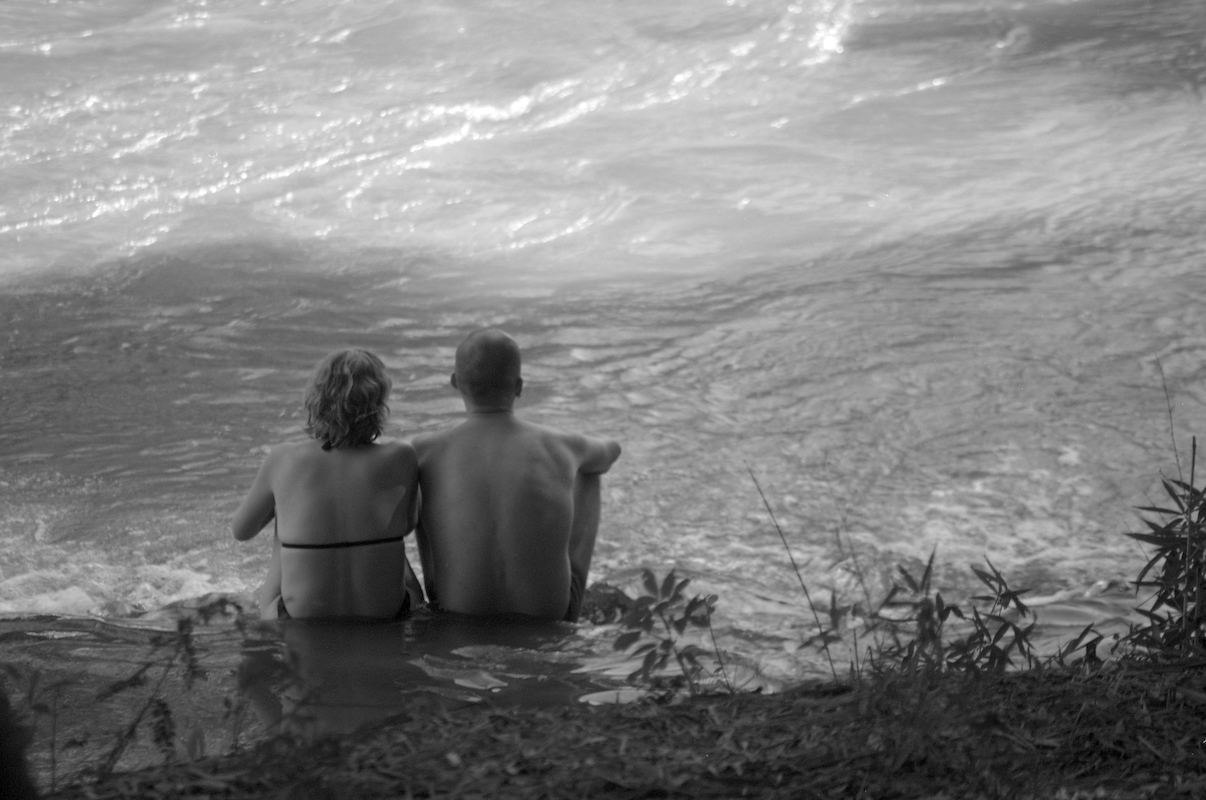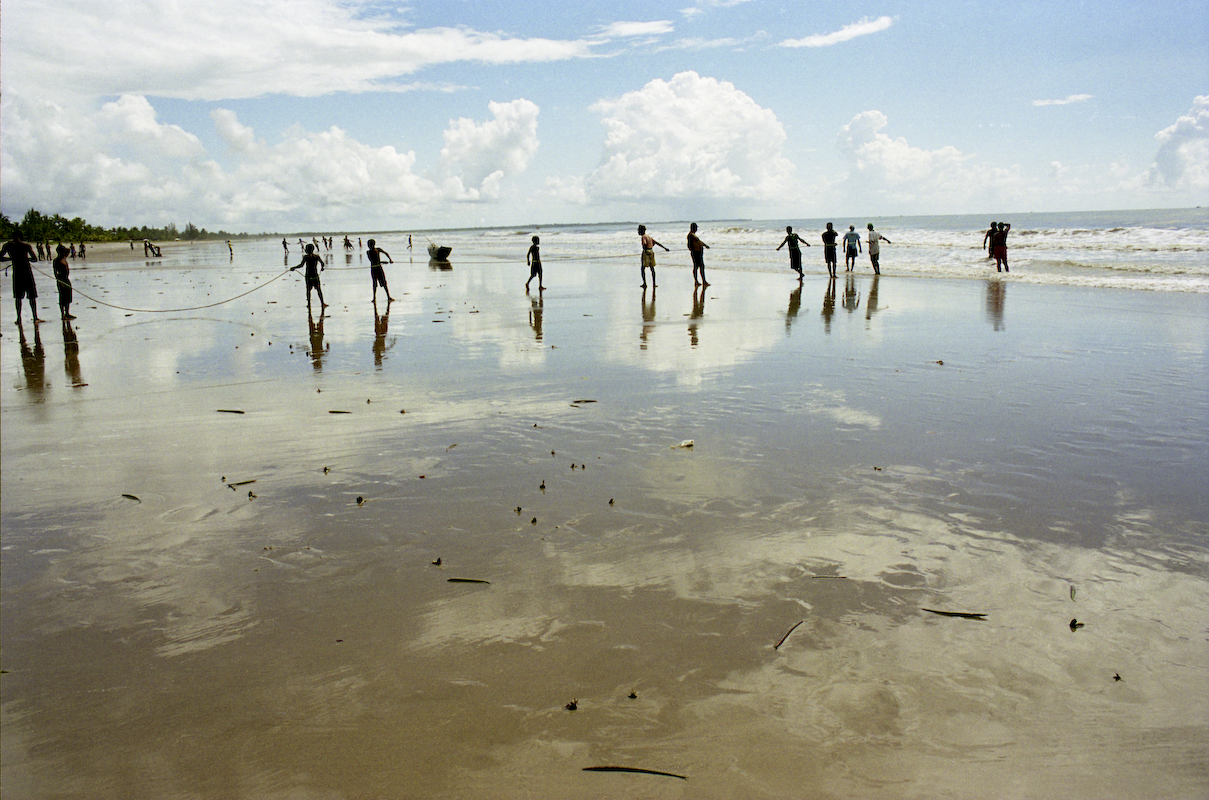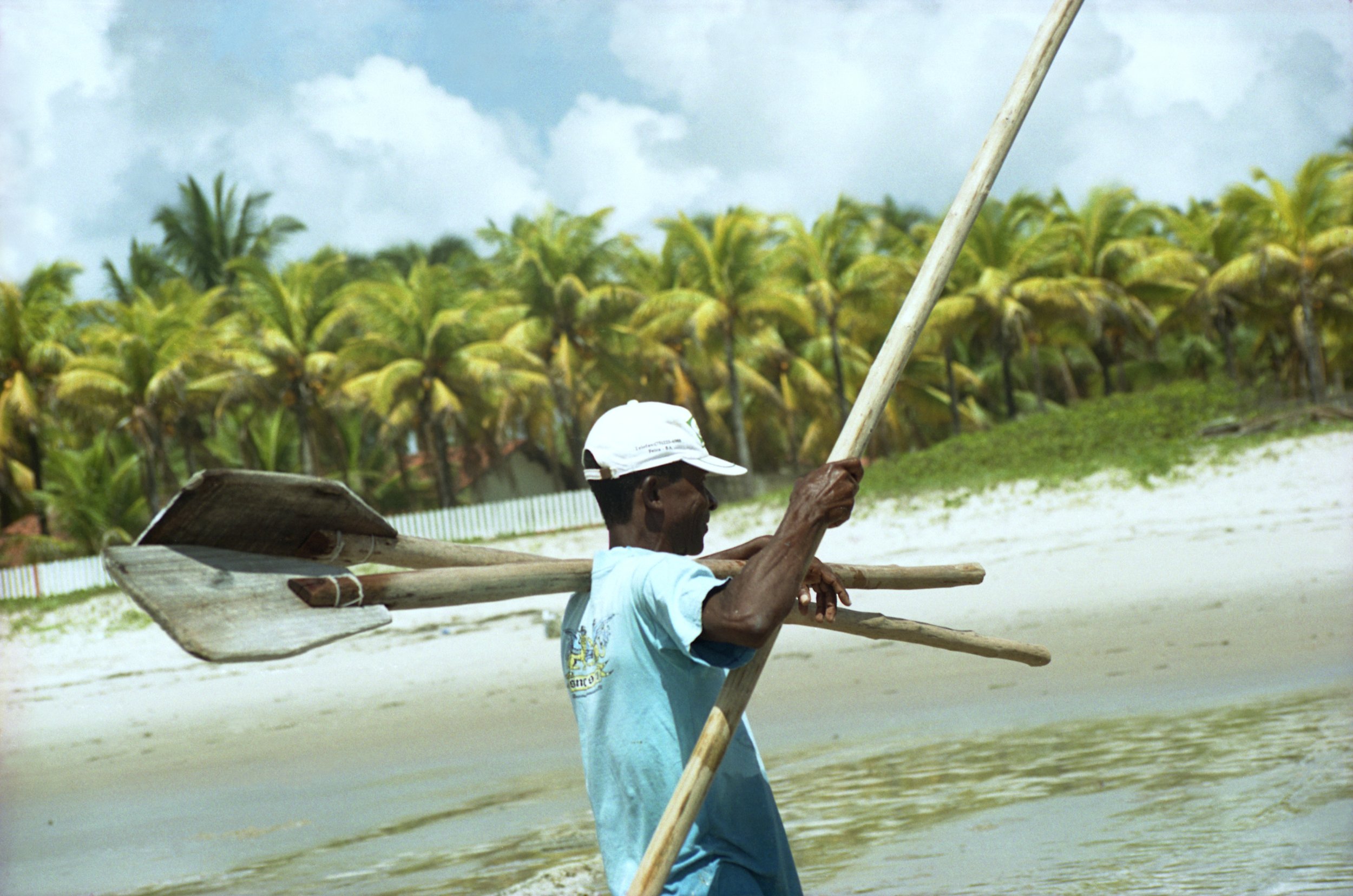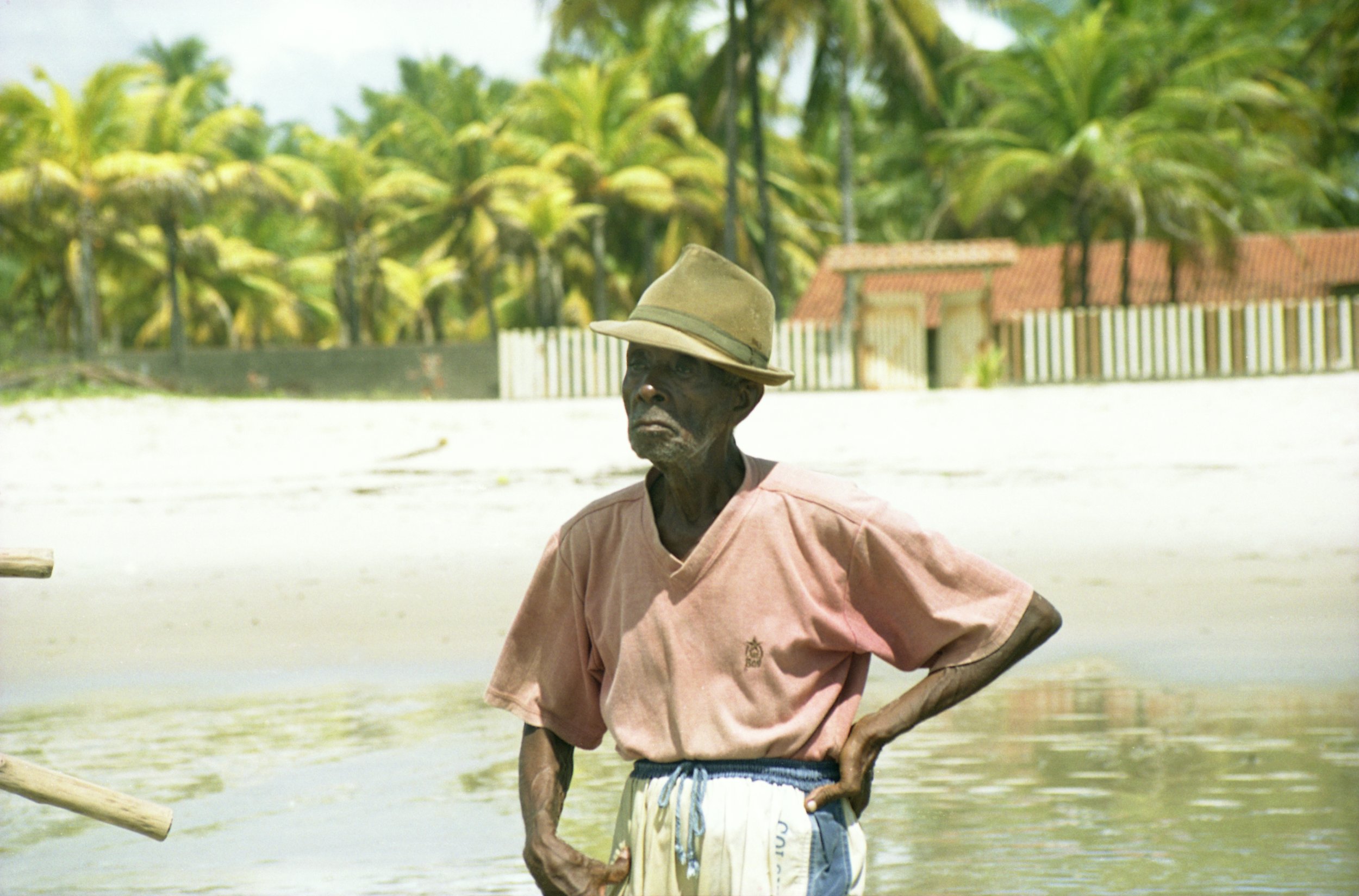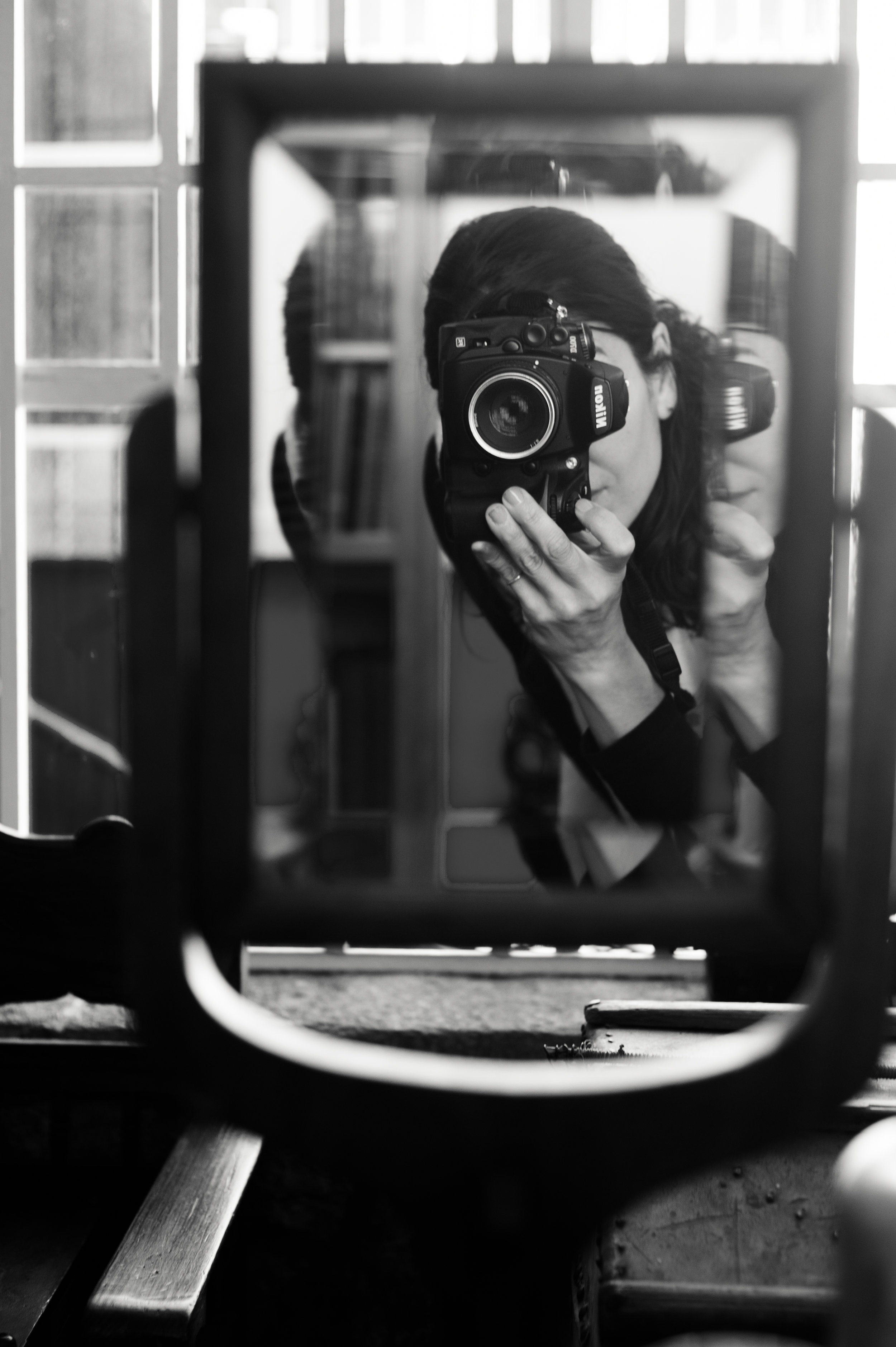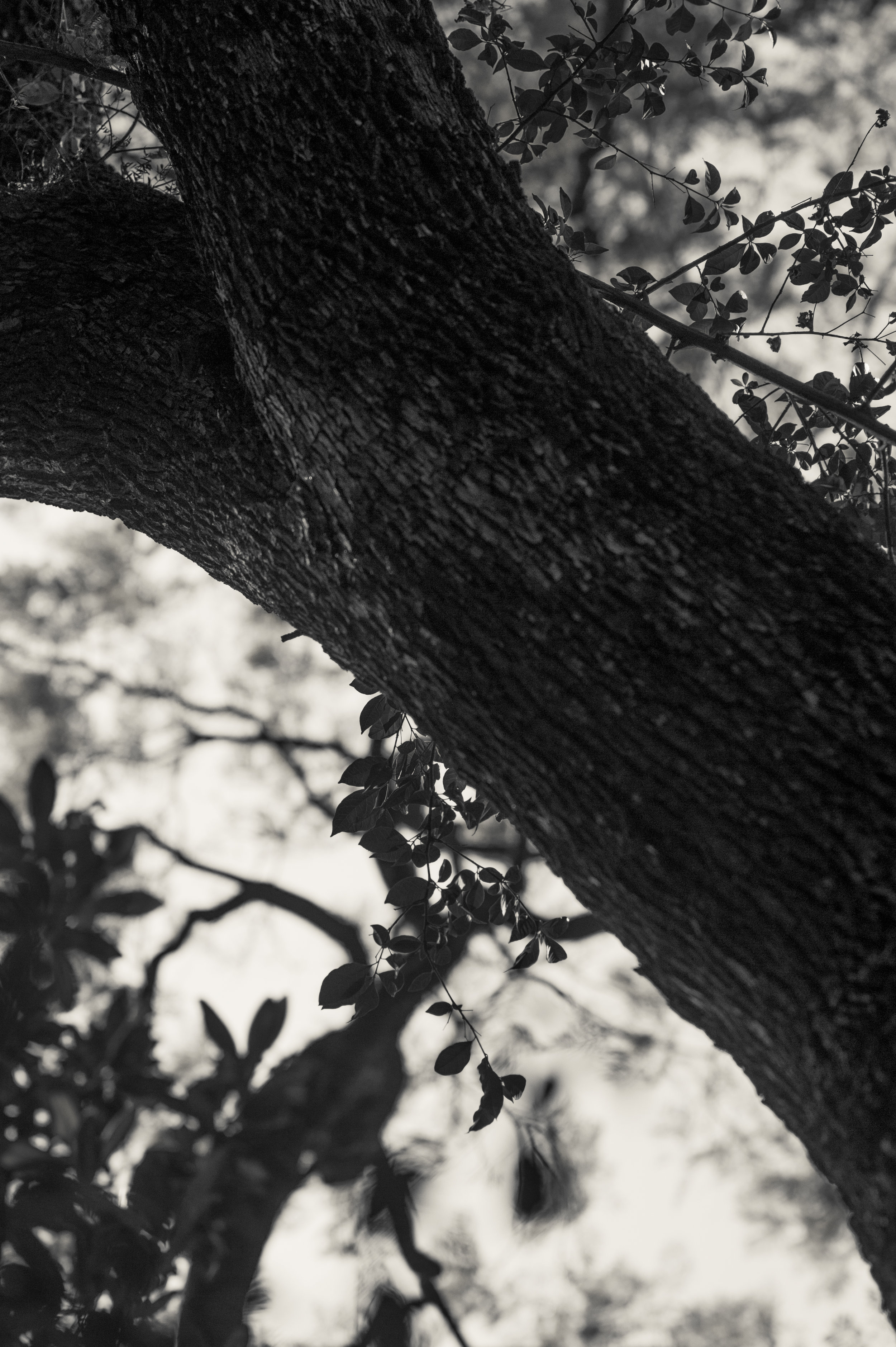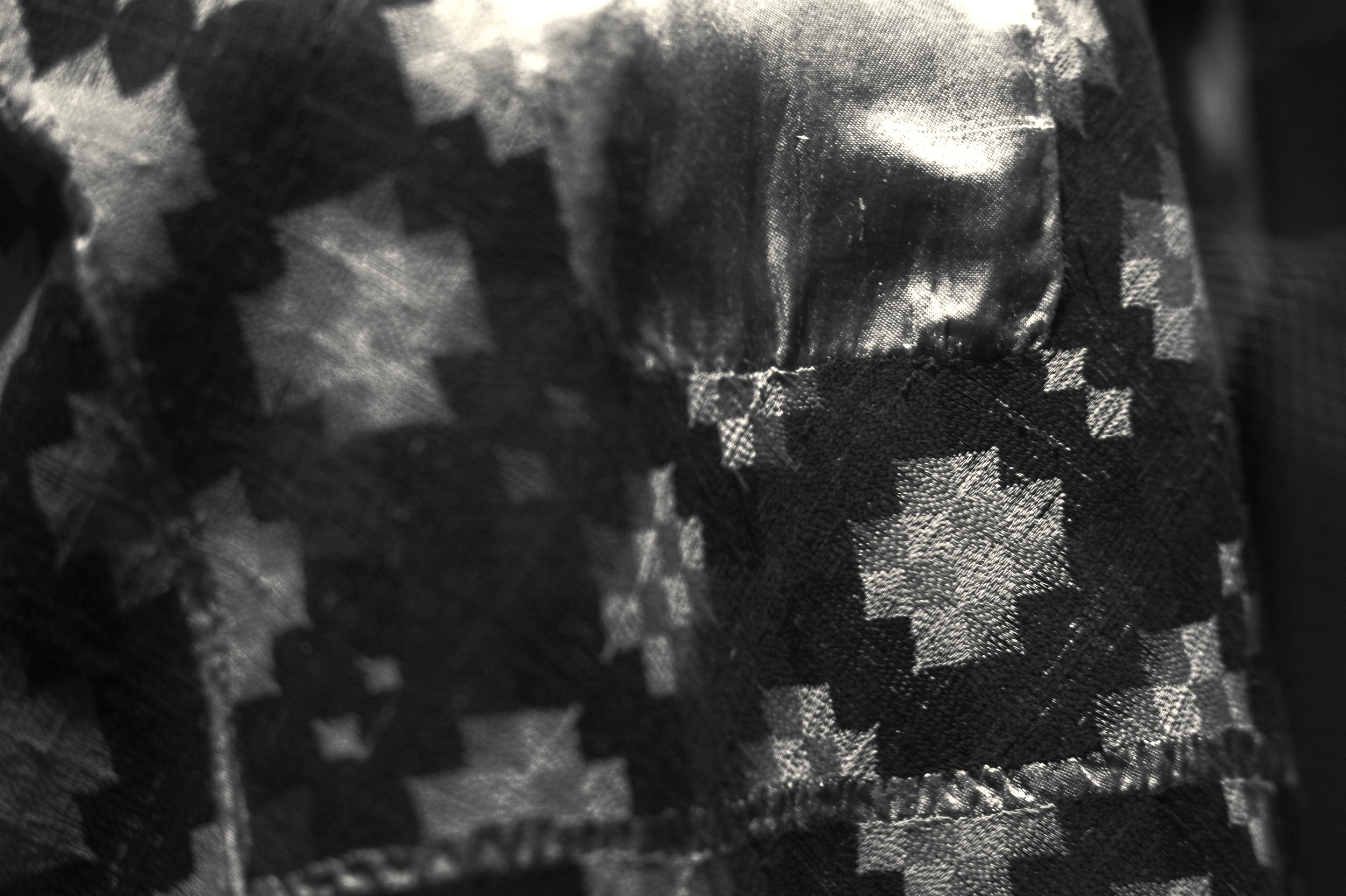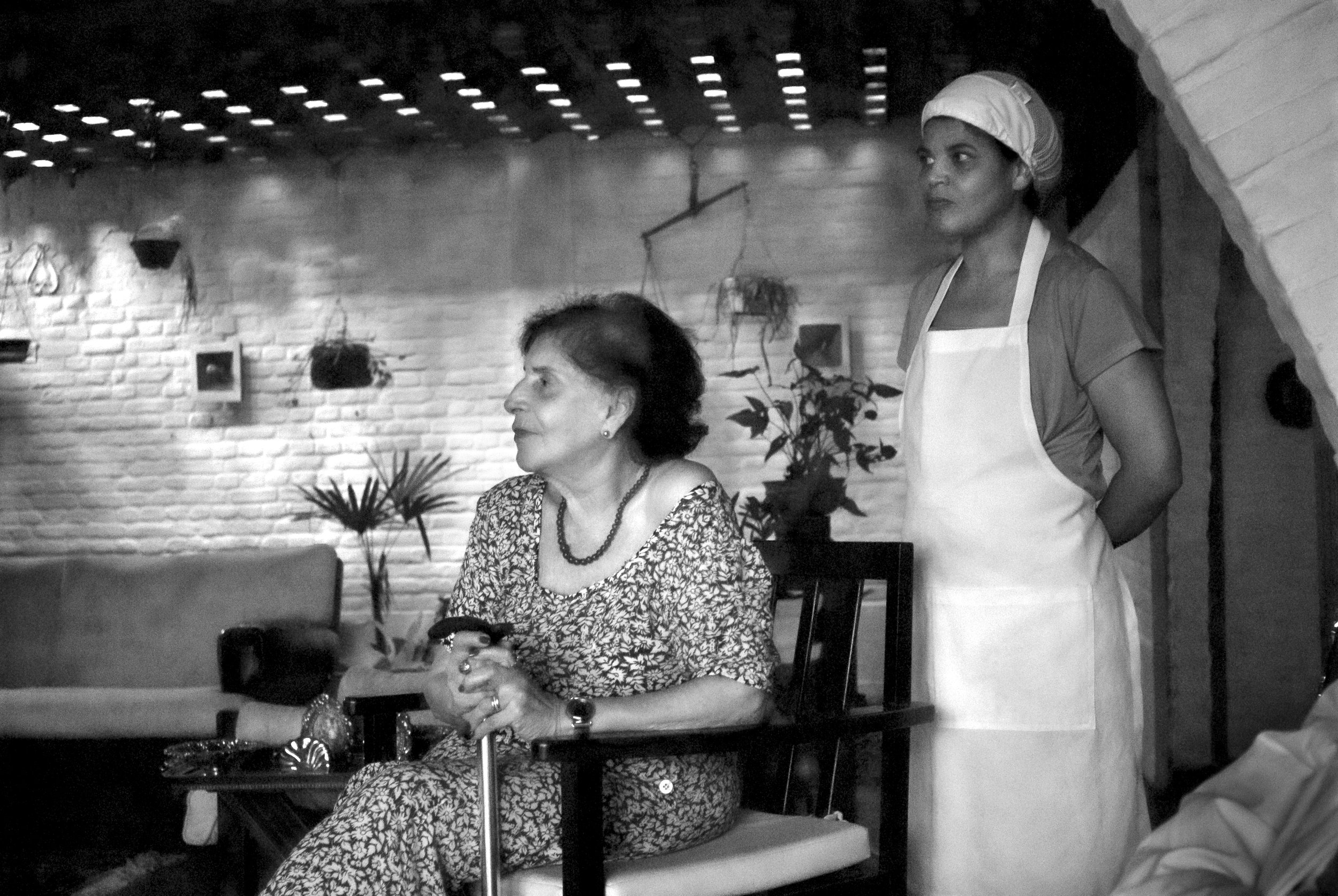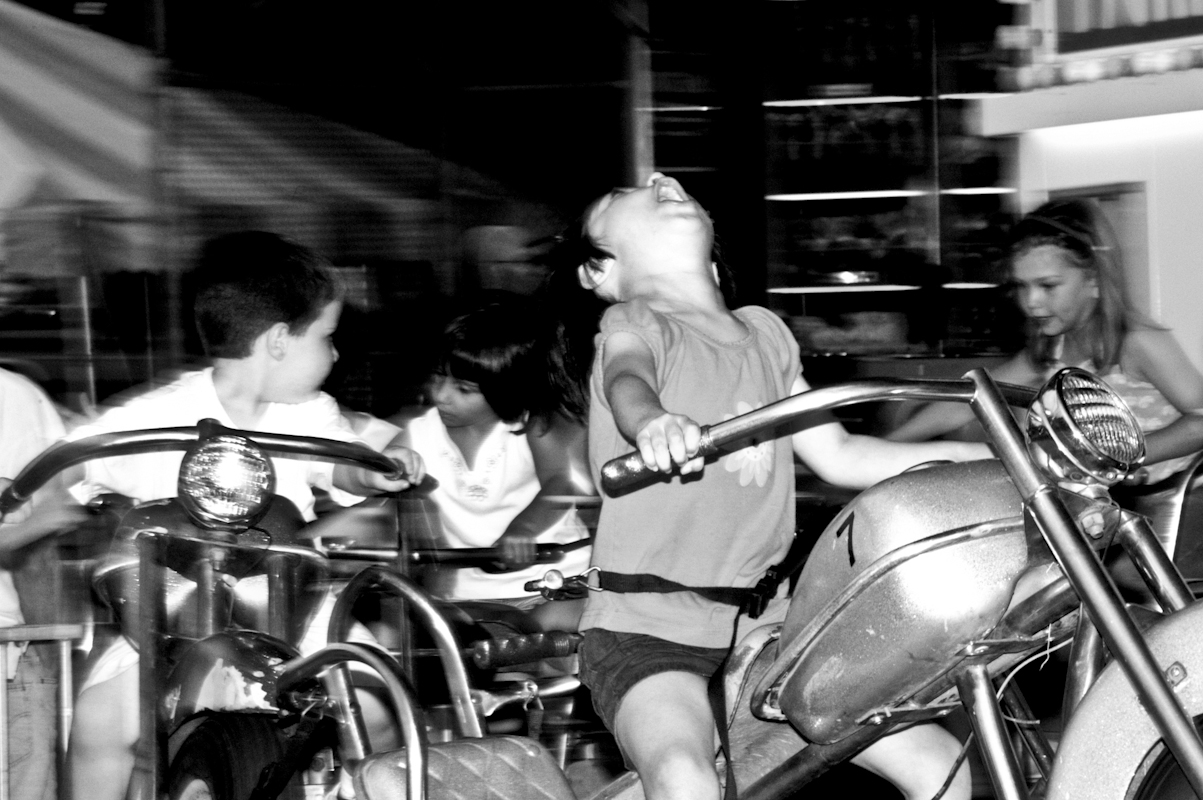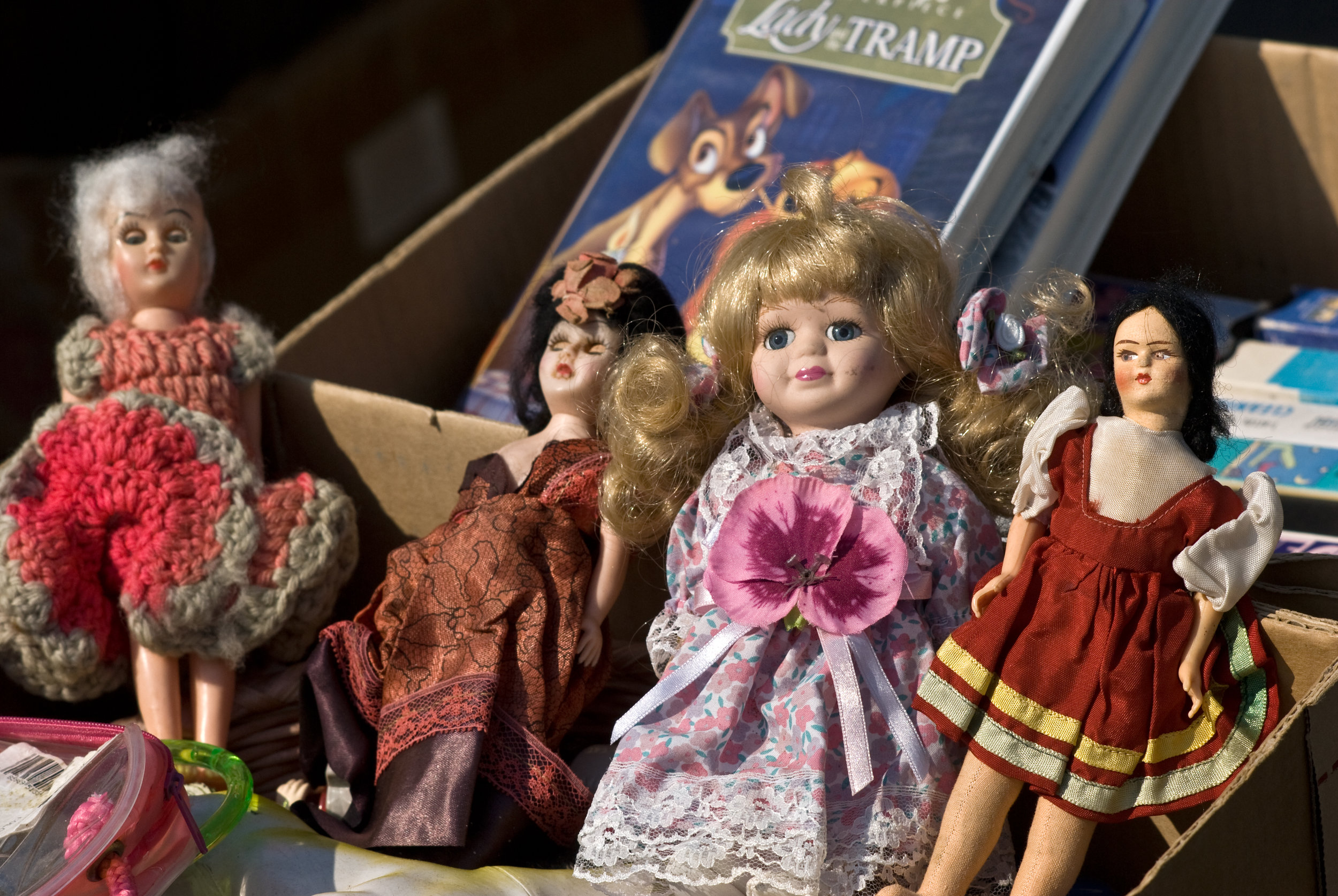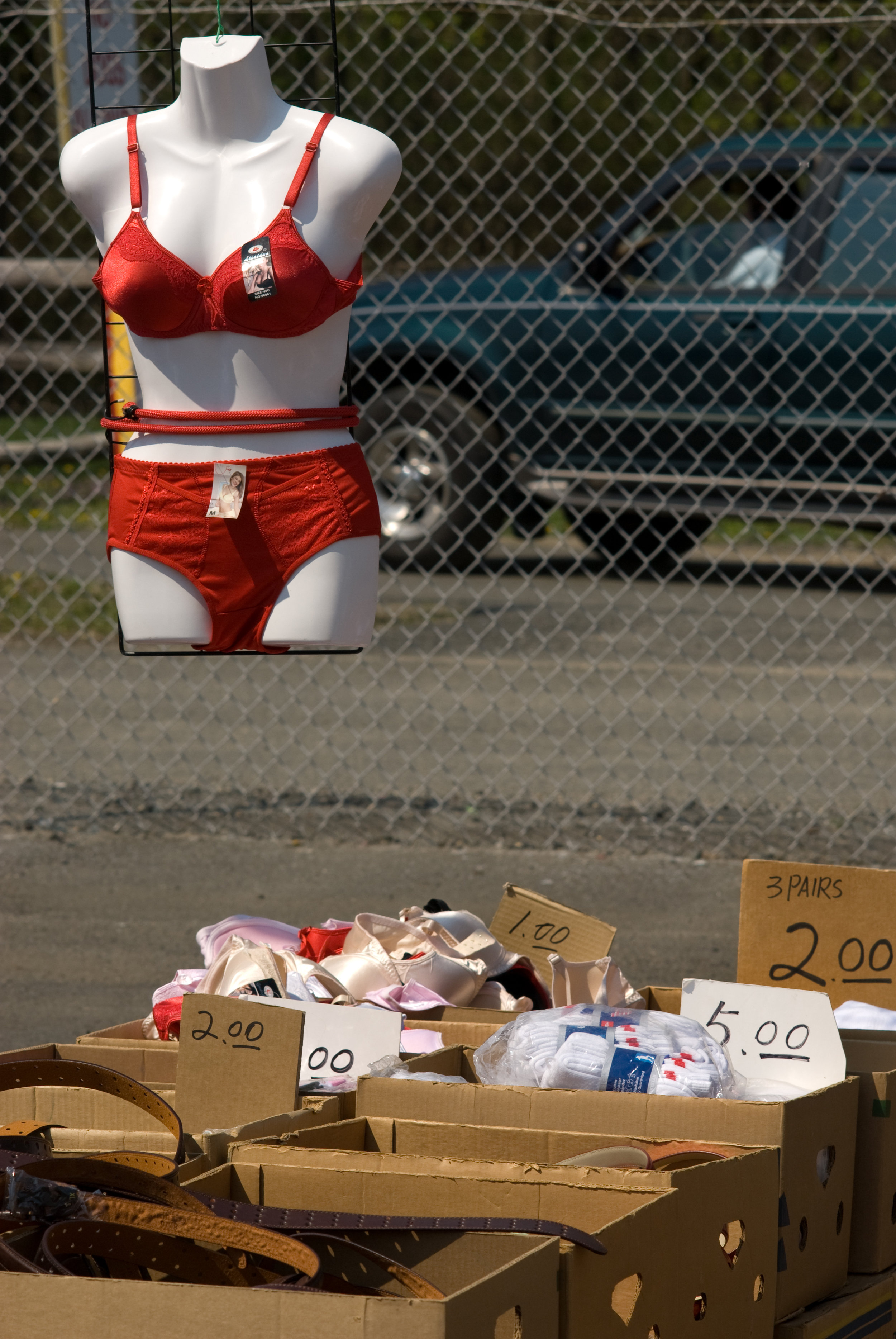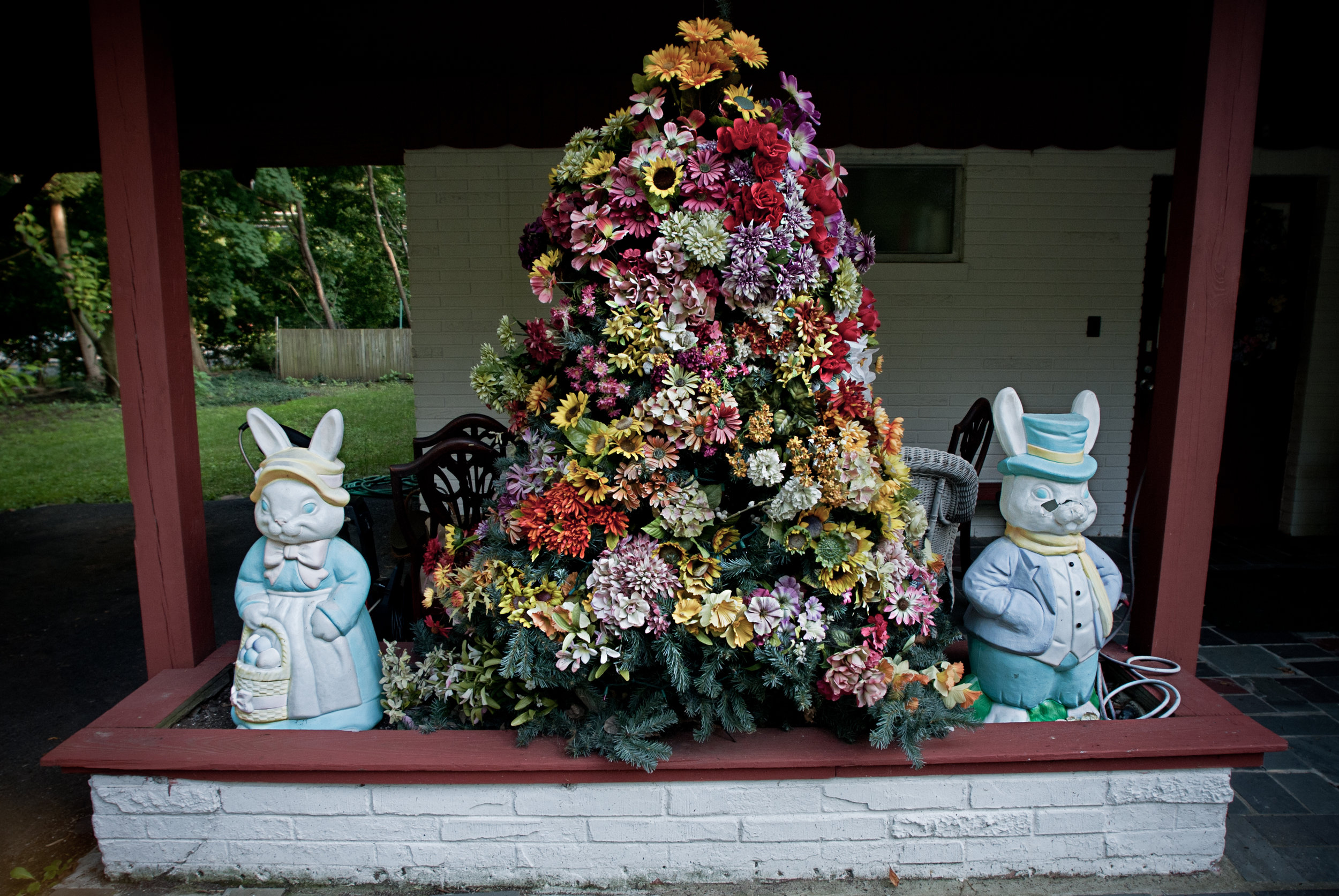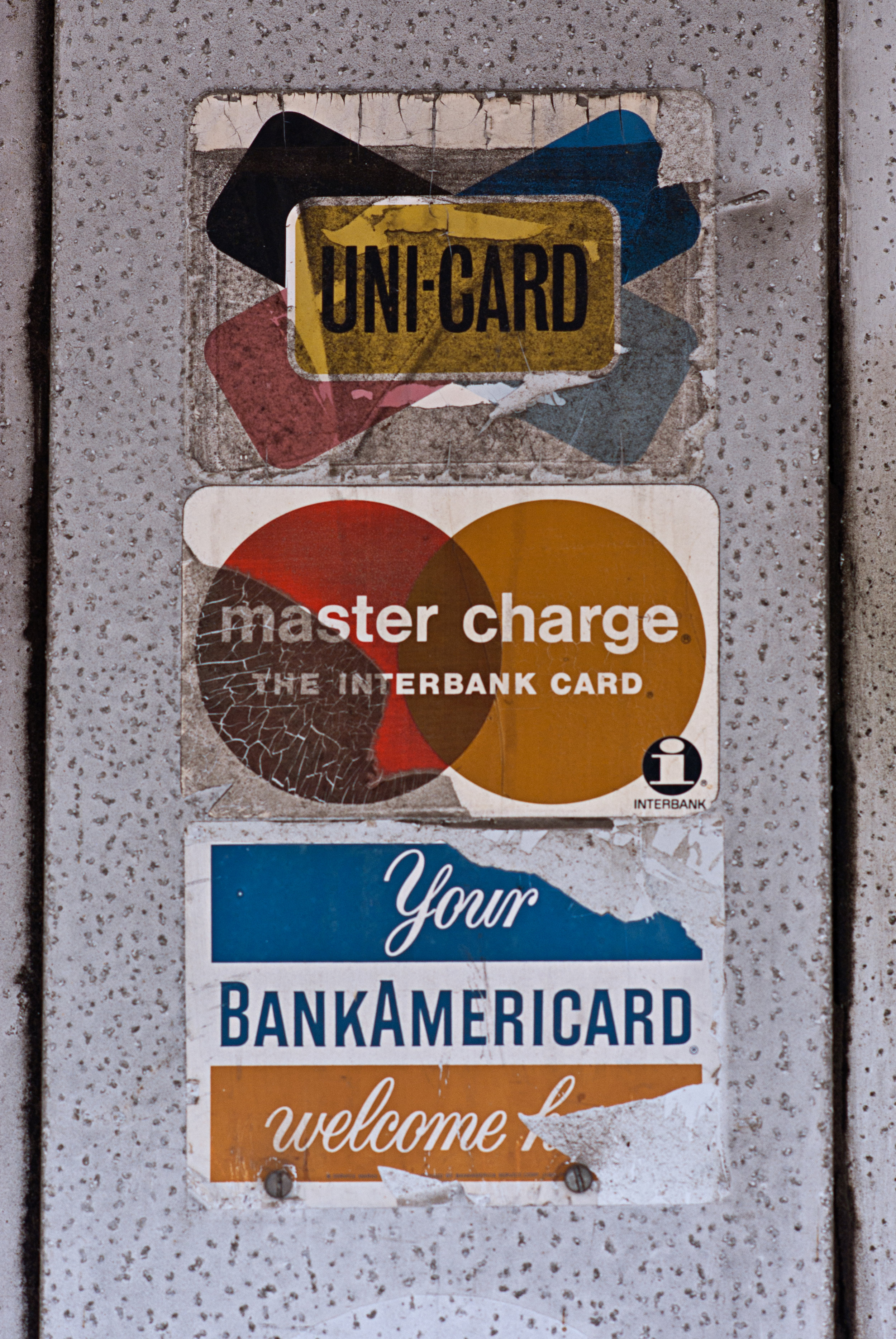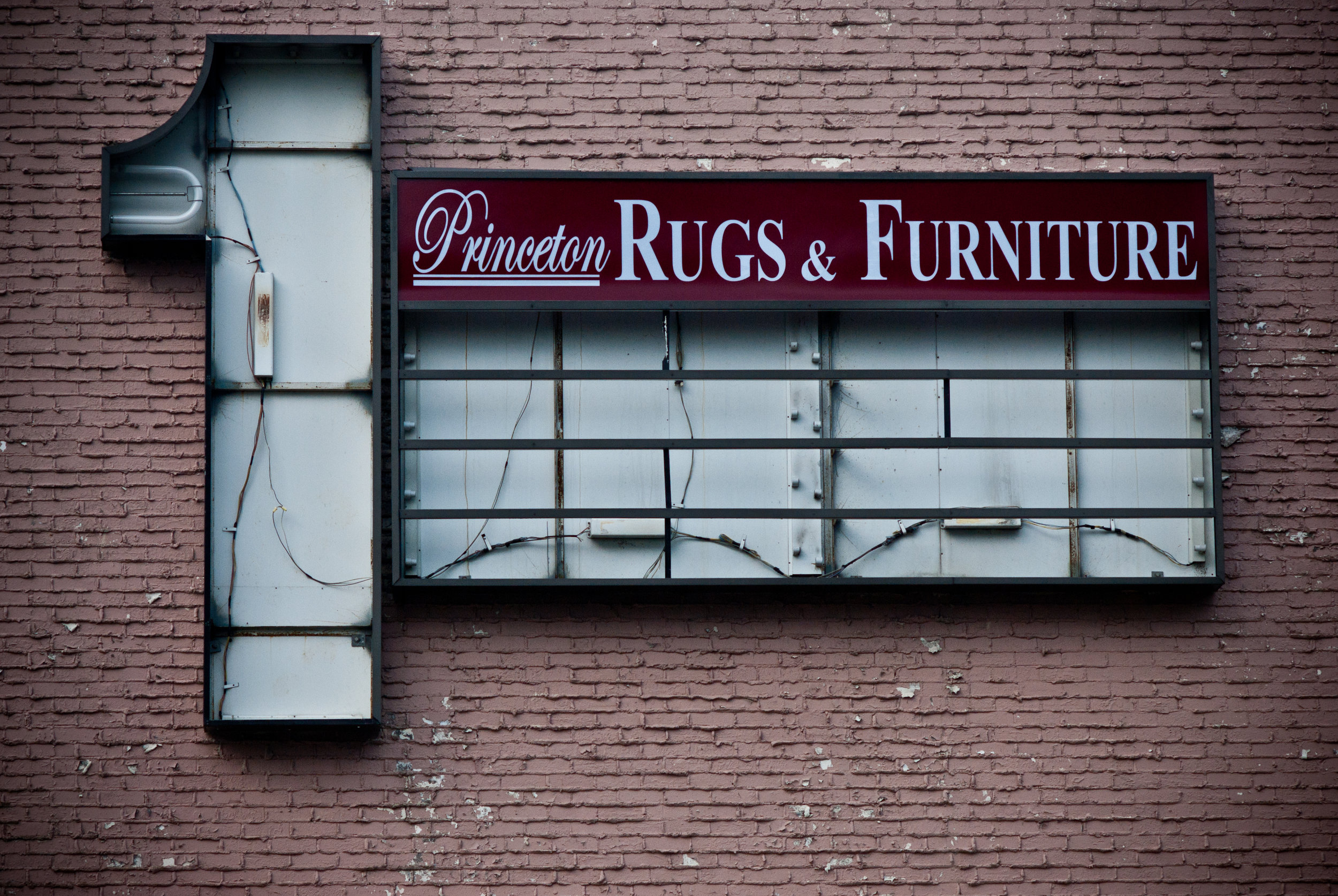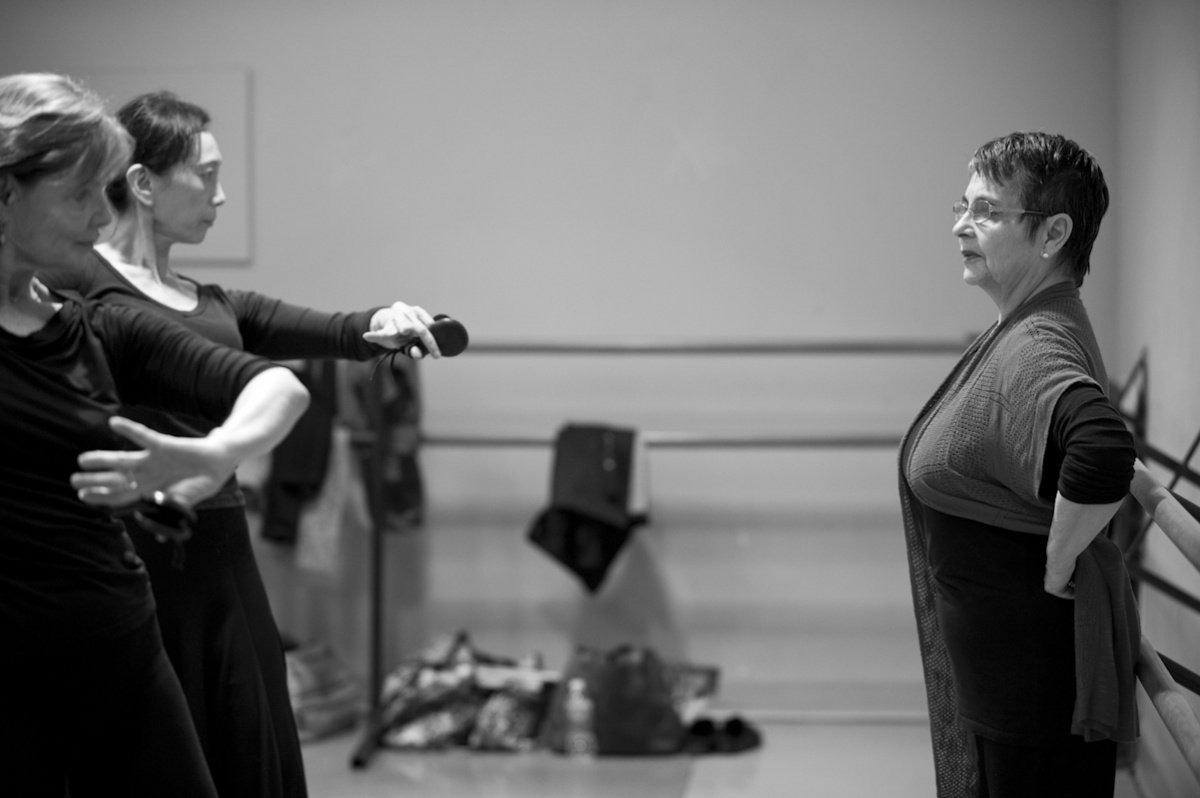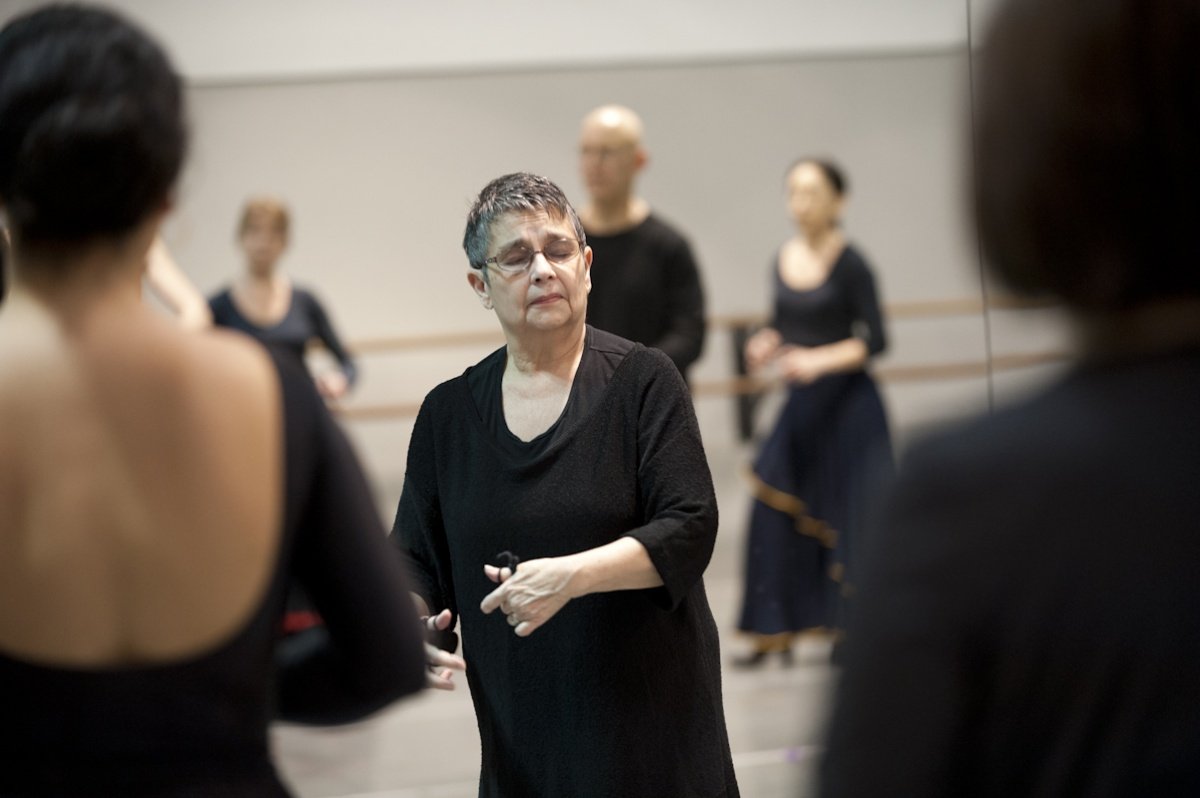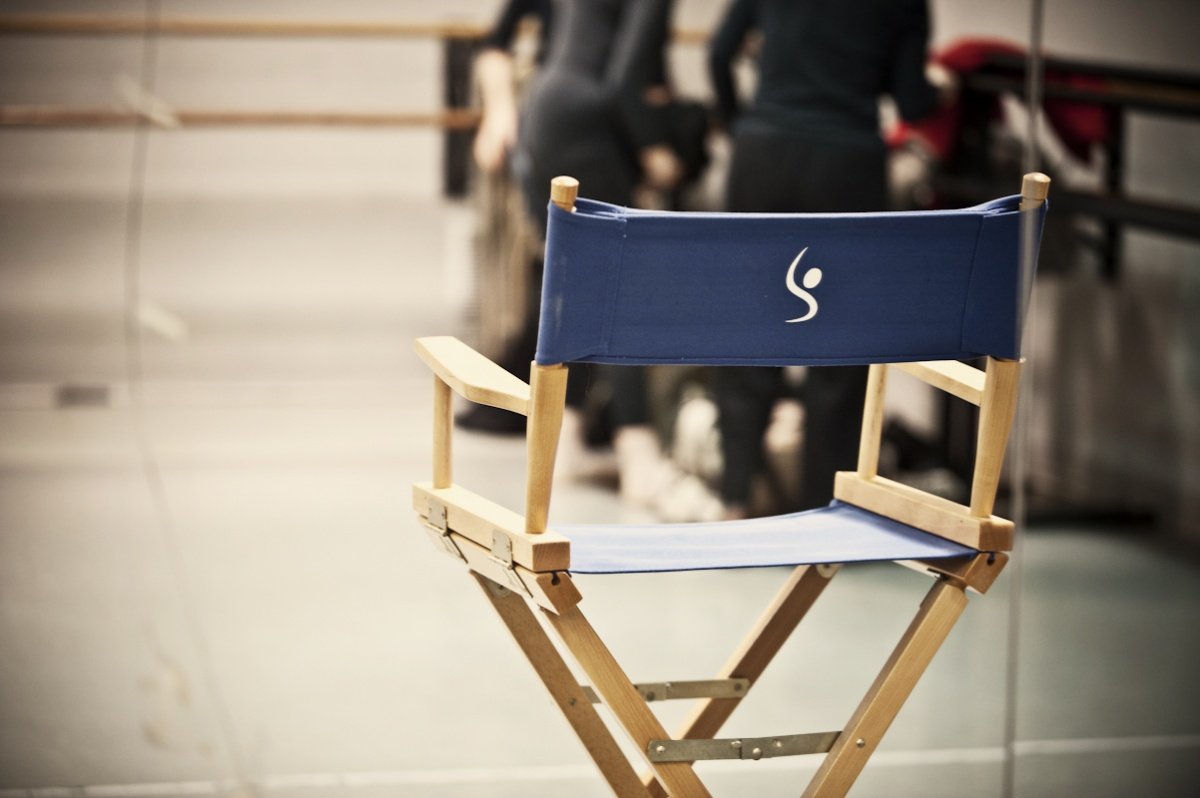Vintage postcard of the first Goetheanum.
FOUNDATION STONE
Dornach, Switzerland.
Buried in the concrete of this building lies a foundation stone. It belonged to a previous building - the original Goetheanum, as this half-theater, half-temple is called. The original structure went up in flames on December 31st, as the year of 1922 was in its final hours.
Rudolf Steiner designed 17 buildings in Dornach, Switzerland that congregated a community of philosophers, scientists and artists. These structures were created by Steiner between 1908 and 1925, “while the dire storms of war have been surging through the world”, as he described.
The first Goetheanum was inaugurated on September 26, 1920. The second Goetheanum would only be completed in 1928, three years after Rudolf Steiner’s death.
Every day as the community walked past the tragic ruins of the Gotheanum he reassured of a time “when a physical Goetheanum will again be here”.
“Courage will keep you wakeful;
lack of courage - that and that alone could cause you to sleep.”
- Rudolf Steiner
Dornach, Switzerland
Tuesday evening, January 1st, 1924.
FOUNDATION STONE PRINT SET
AVAILABLE NOW.
newly released & limited edition Print catalog available upon request.
Small-sized prints carefully selected from this series are available for purchase as a set.
Ten unique images on acid-free archival paper compose each print set. The individual 5x7 prints have a textured matte finish that is warm to the eye and delicate to the touch.
A walnut wood stand from grown trees responsibly sourced in the U.S. is included with each set, allowing prints to be displayed and alternated for an intimate and meditative relationship with the grounds of Dornach.
1st limited edition (2023). 10 sets + 1 A.P. - Pigment print. Archival fiber based paper (325gsm). Paper size: 5” x 7”; Image area approximately 4.5” x 10.5” inches.
FOUNDATION STONE PRINT SET
Available Now
newly released & limited edition Print catalog available upon request.
Small-sized prints carefully selected from this series will be available for purchase as a set.
Ten unique images on acid free and archival paper compose each print set. The individual 5x7 prints have a textured matte finish that is warm to the eye and delicate to the touch.
A walnut wood stand from grown trees responsibly sourced in the U.S. is included with each set, allowing prints to be displayed and alternated for an intimate and meditative relationship with the grounds of Dornach.
1st limited edition (2023). 10 sets + 1 A.P. - Pigment print. Archival fiber based paper (325gsm). Paper size: 5” x 7”; Image area approximately 4.5” x 10.5” inches.
